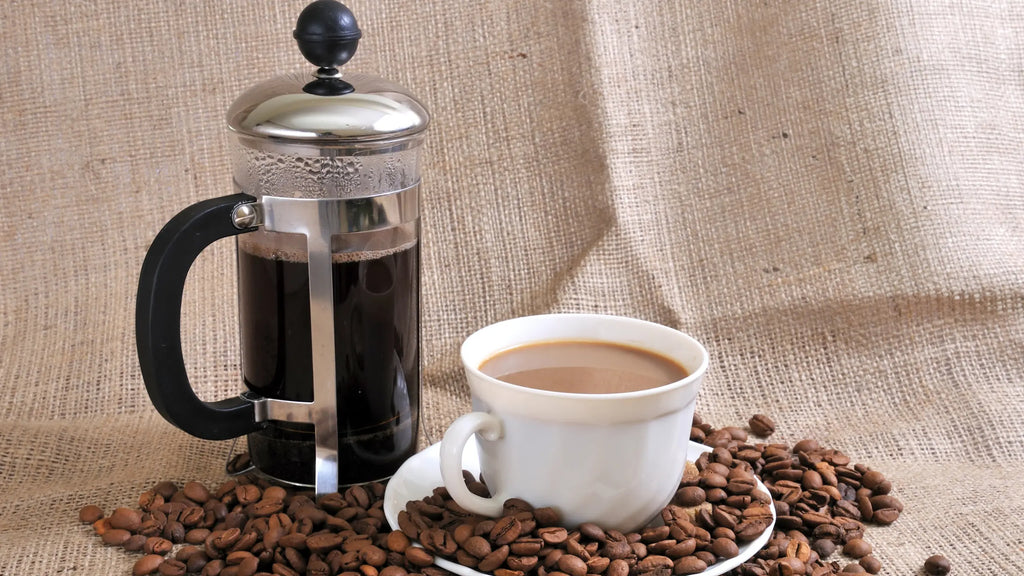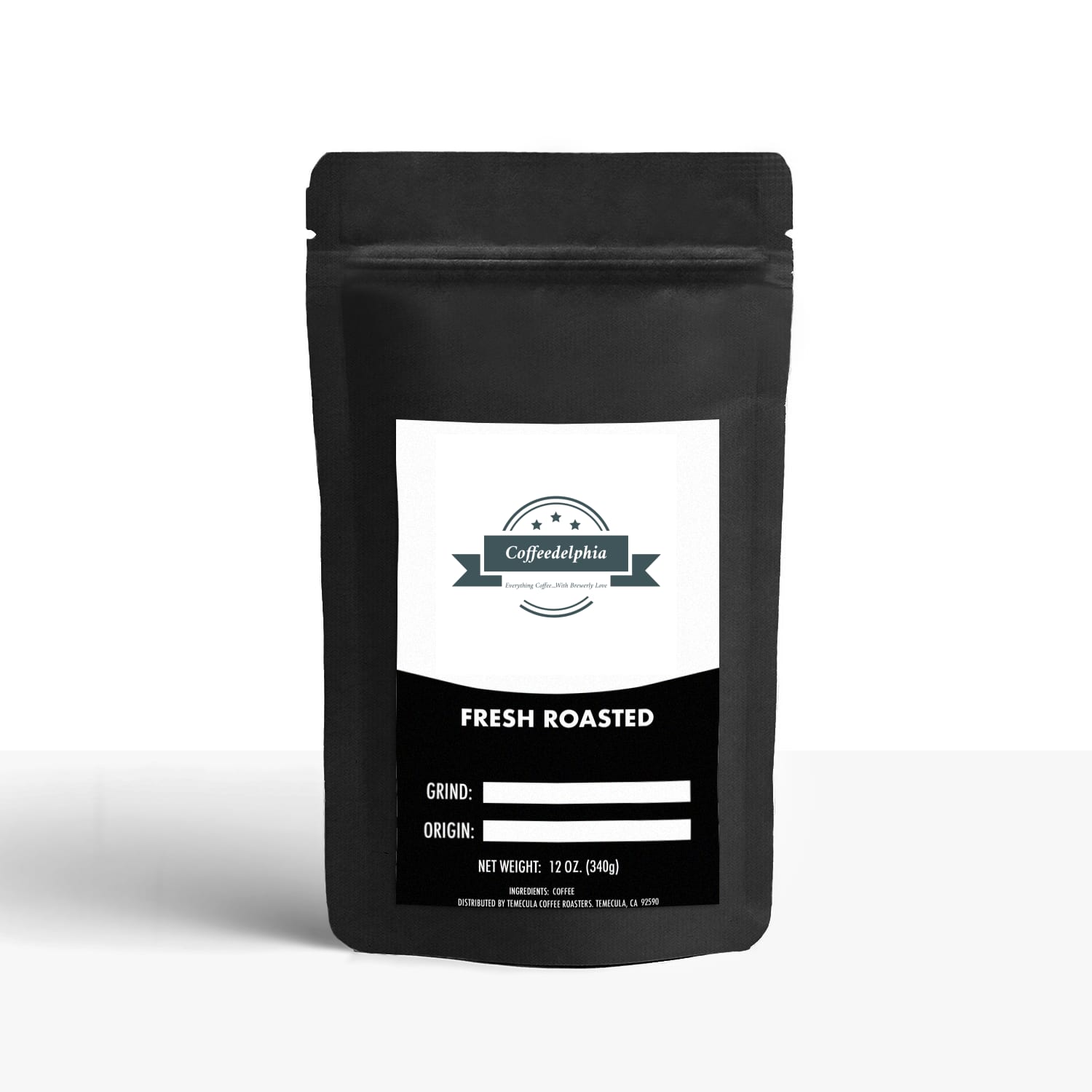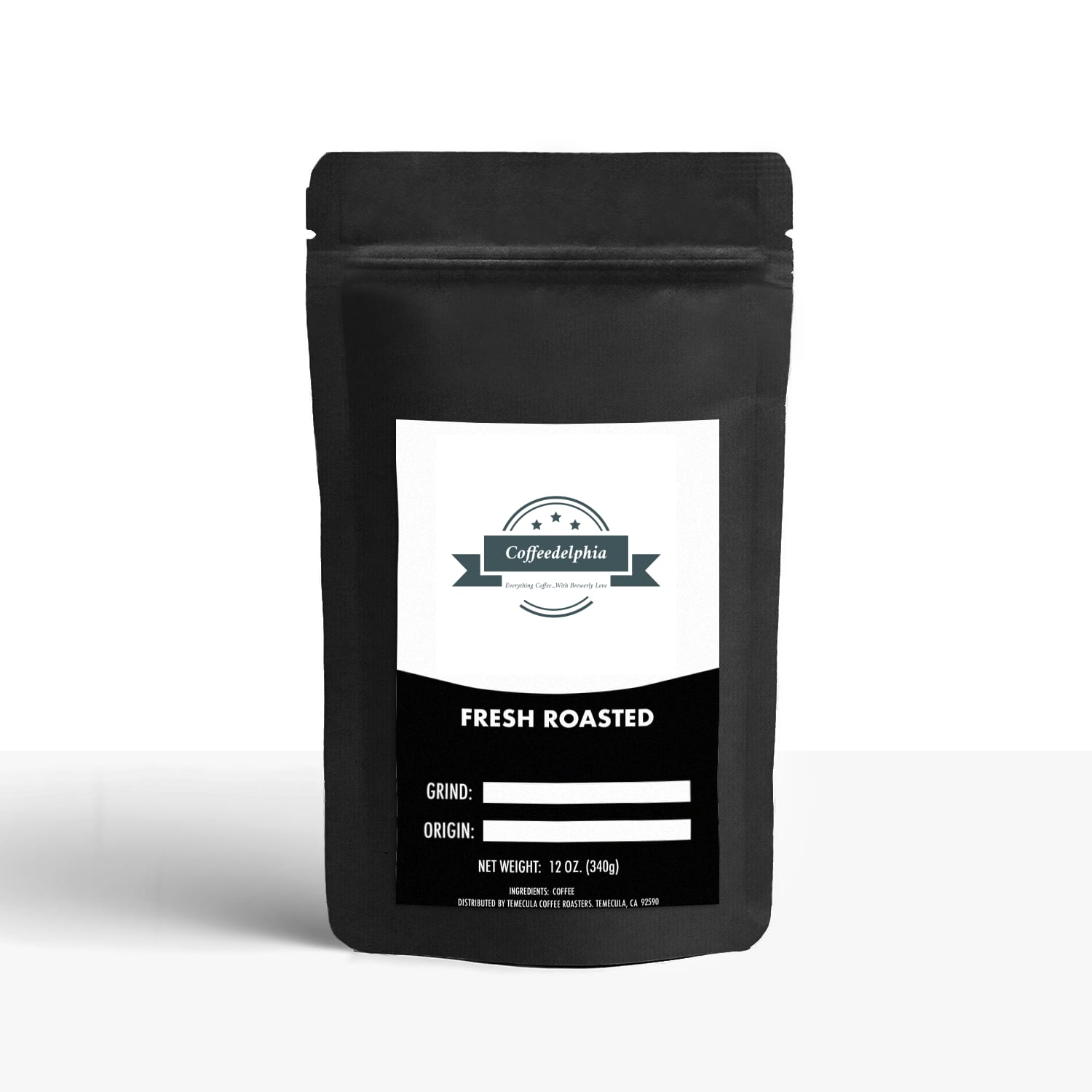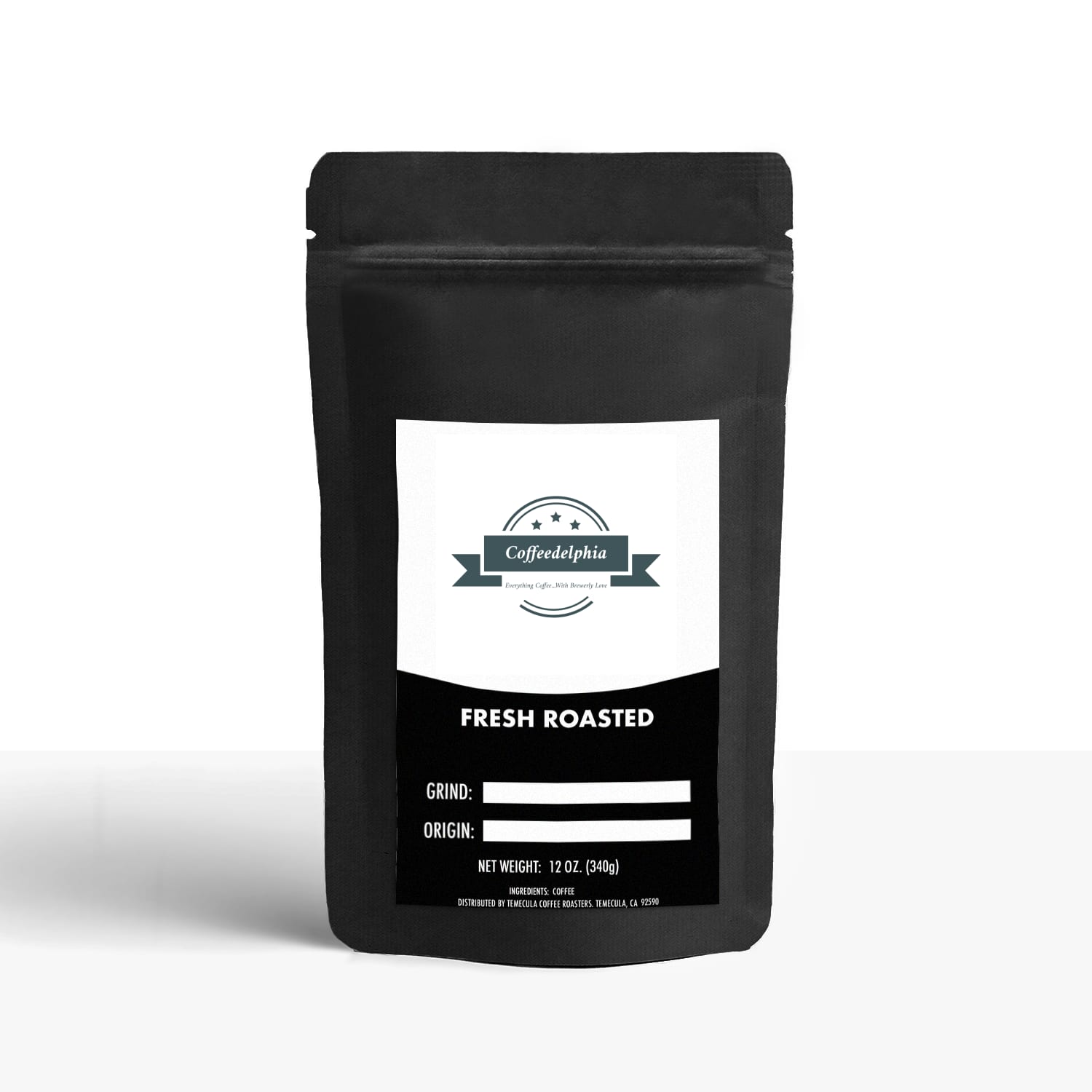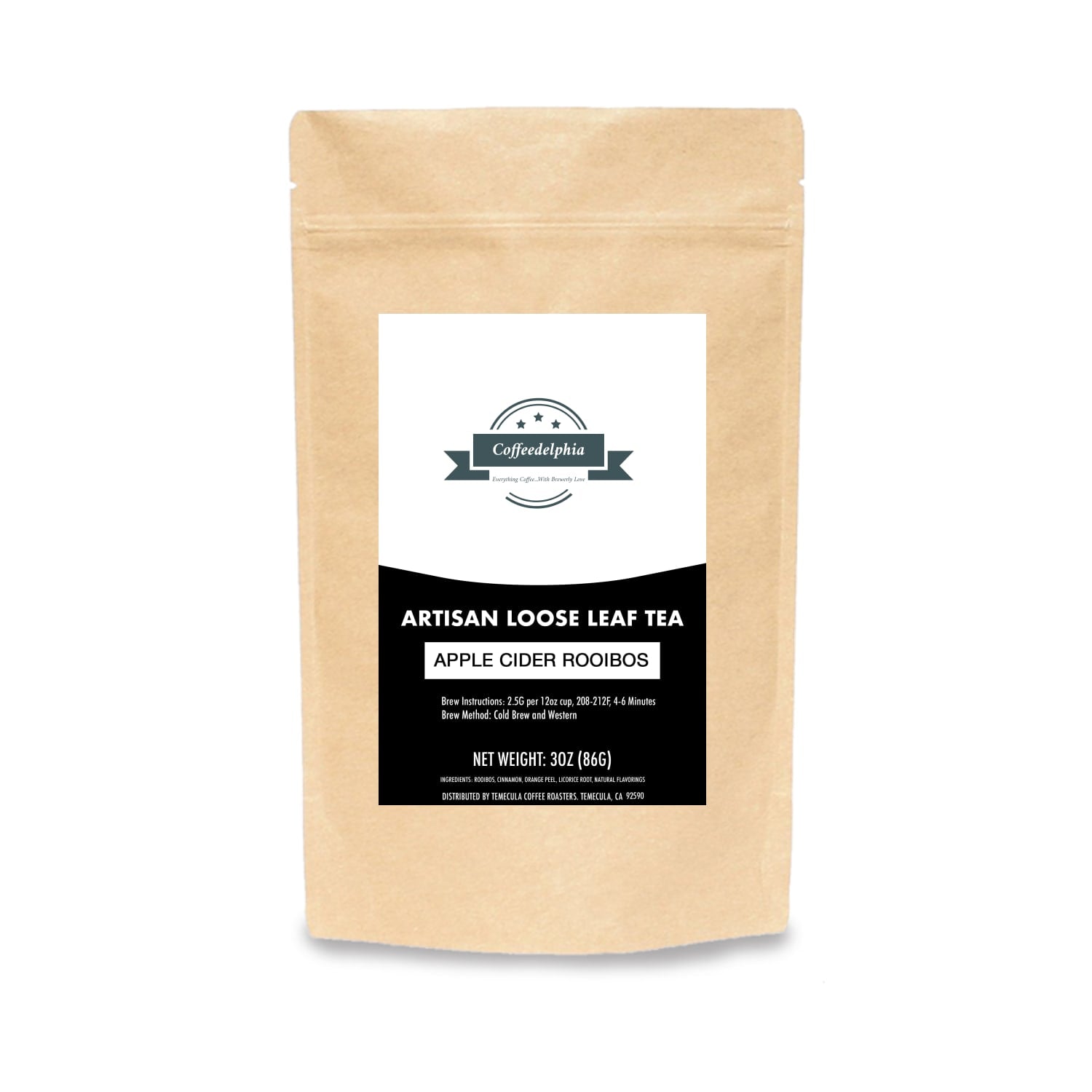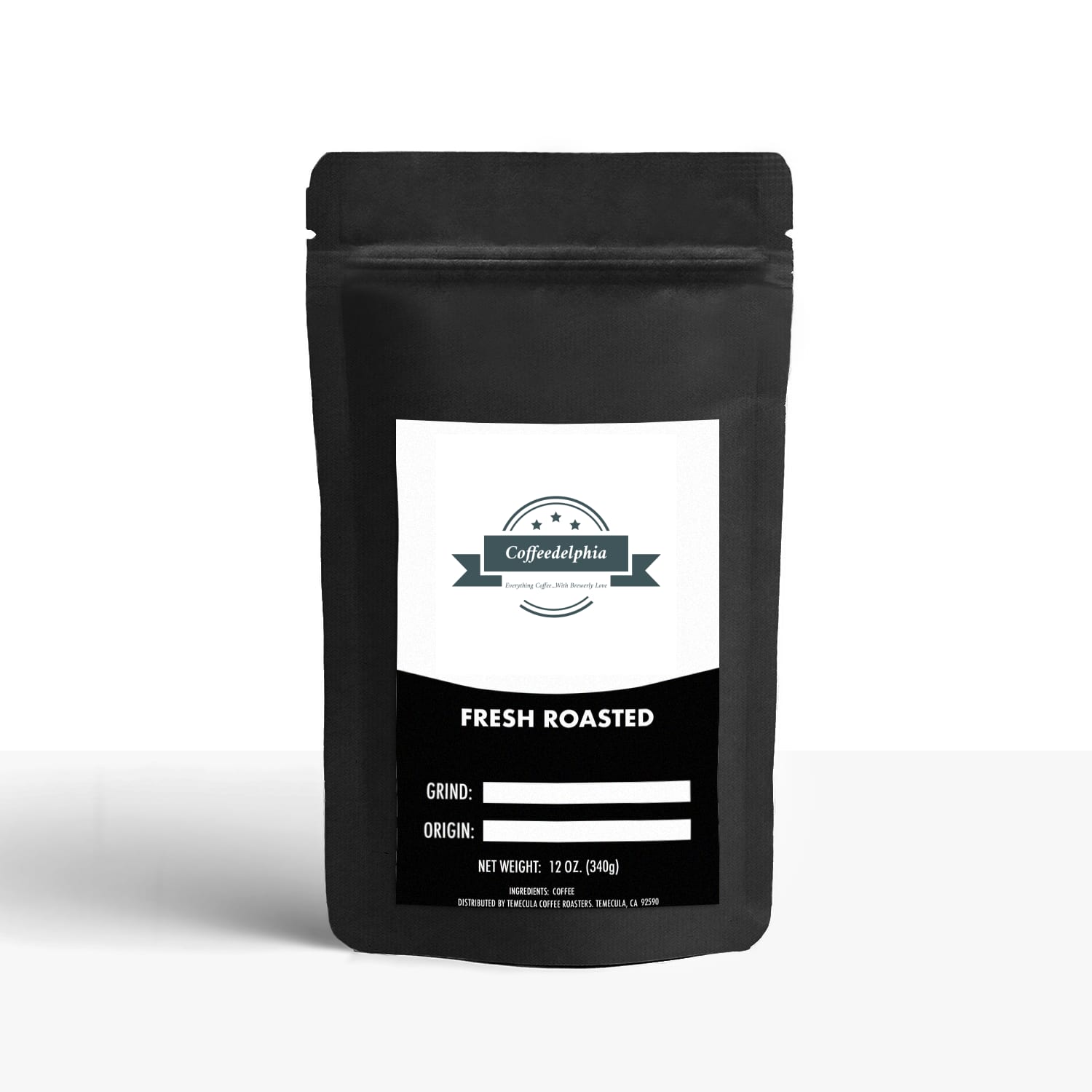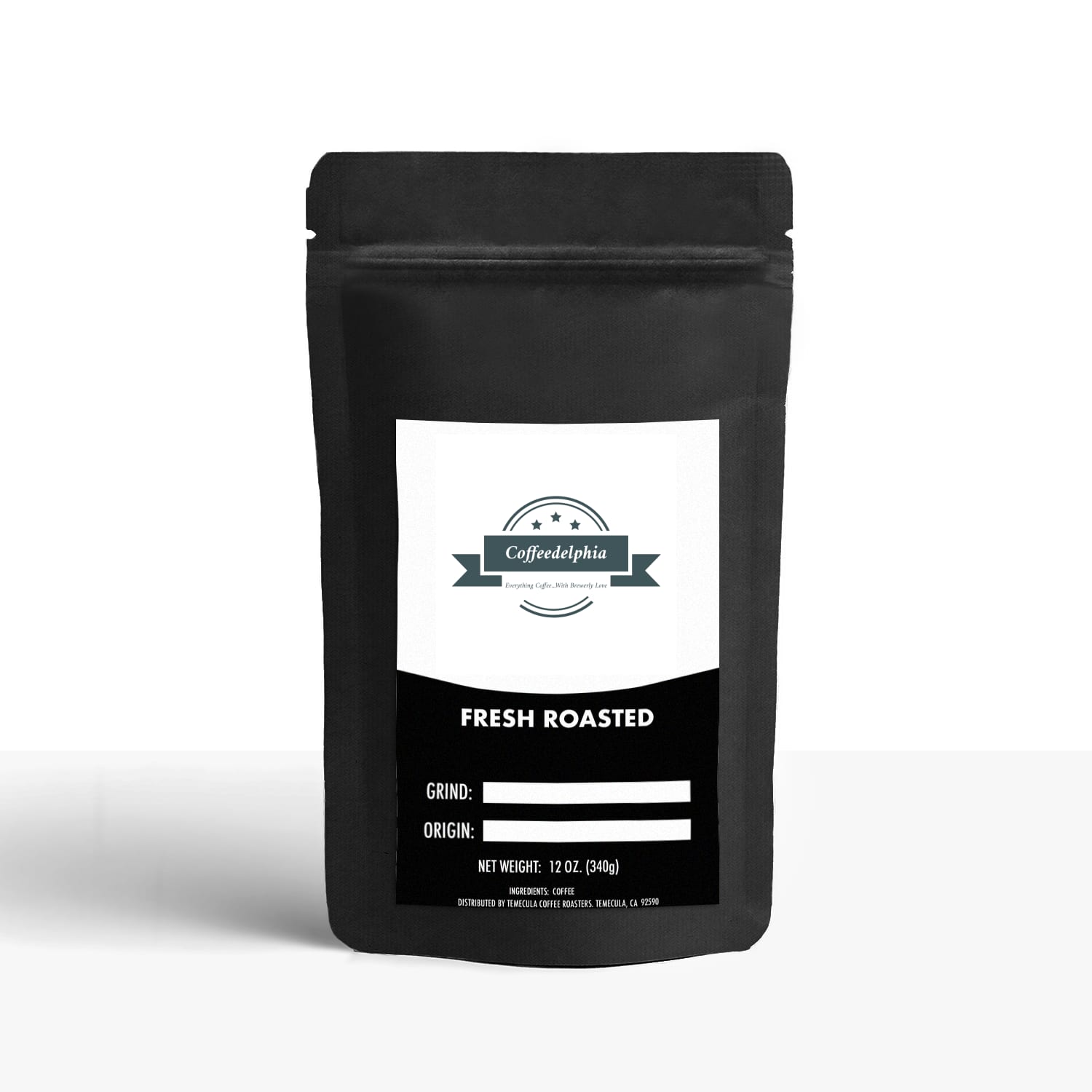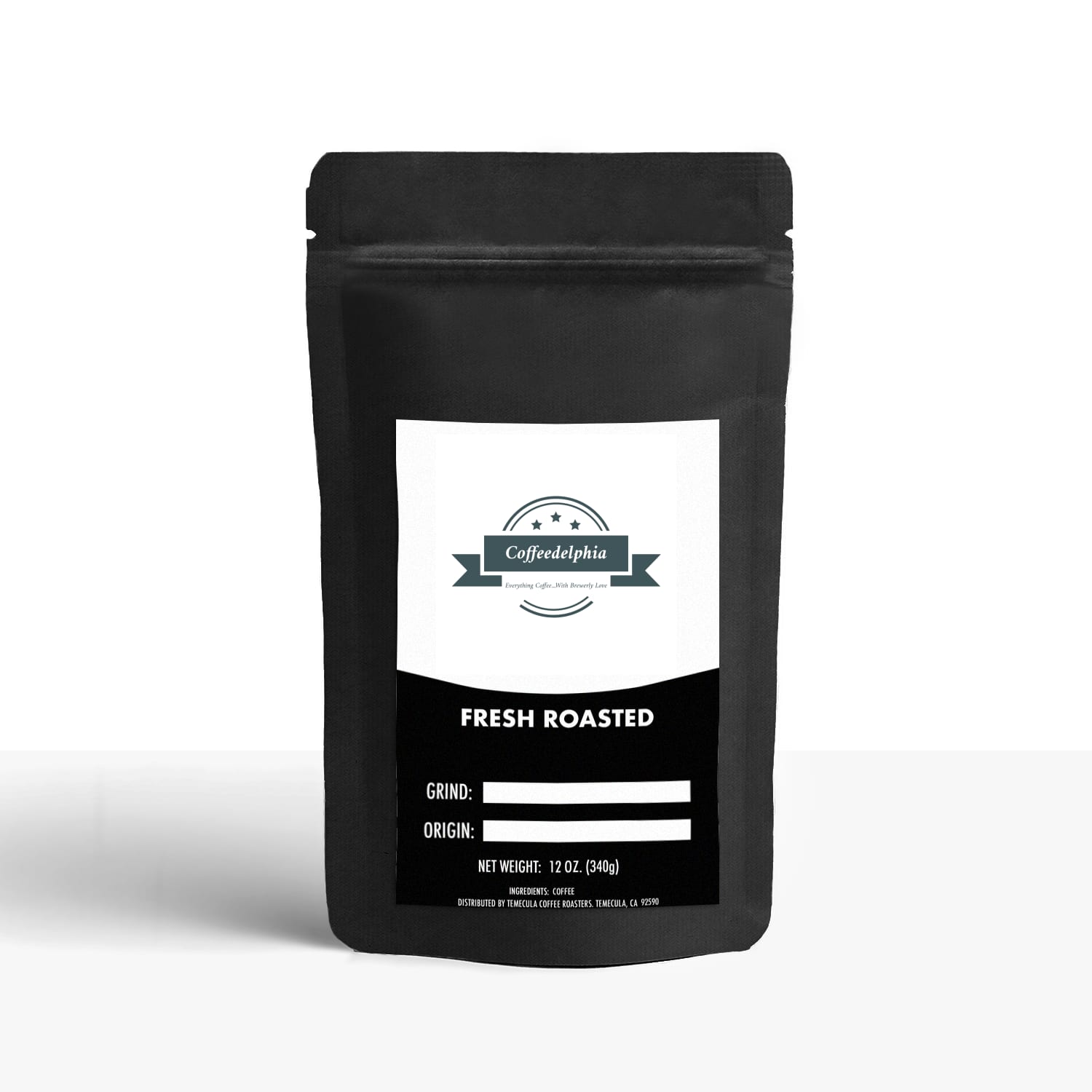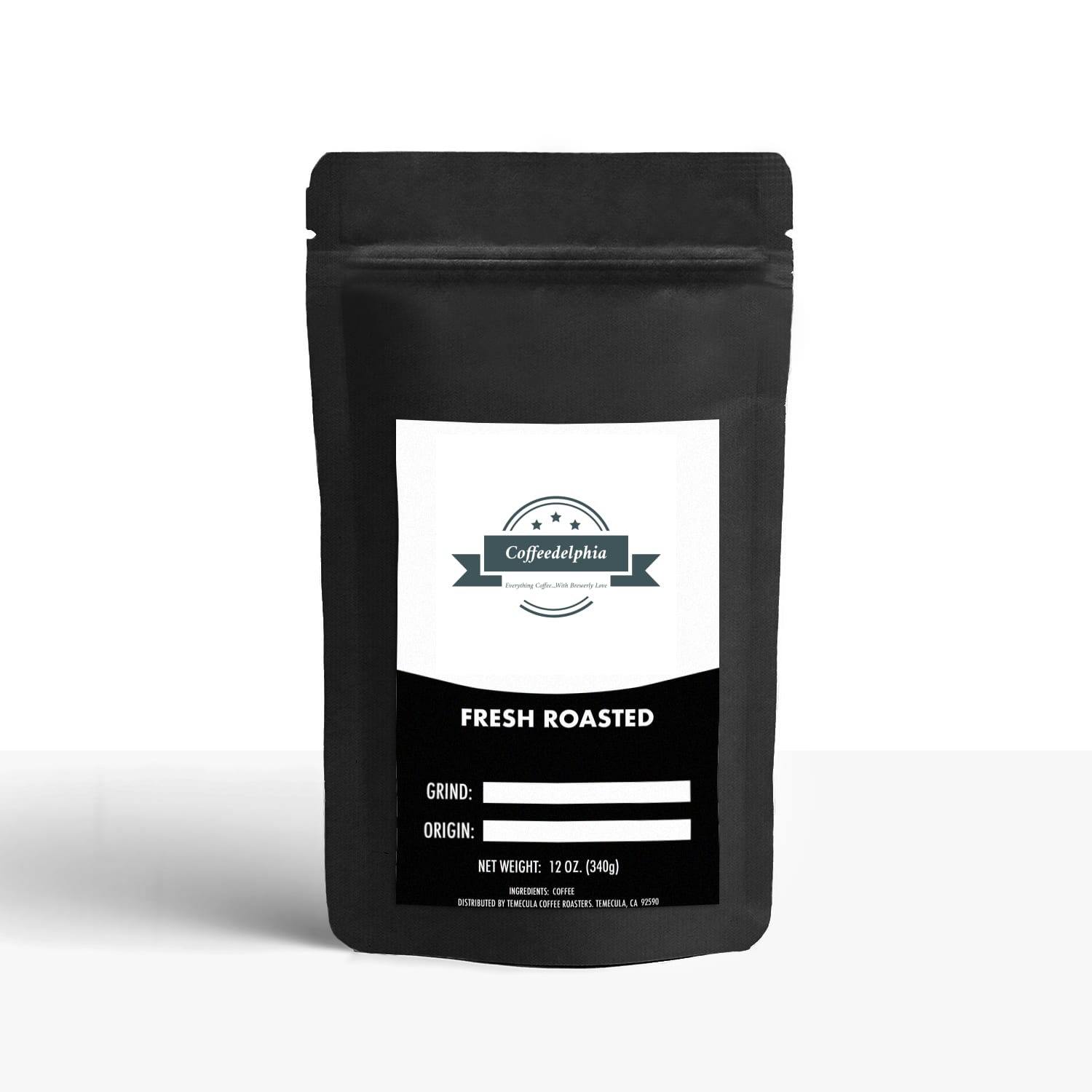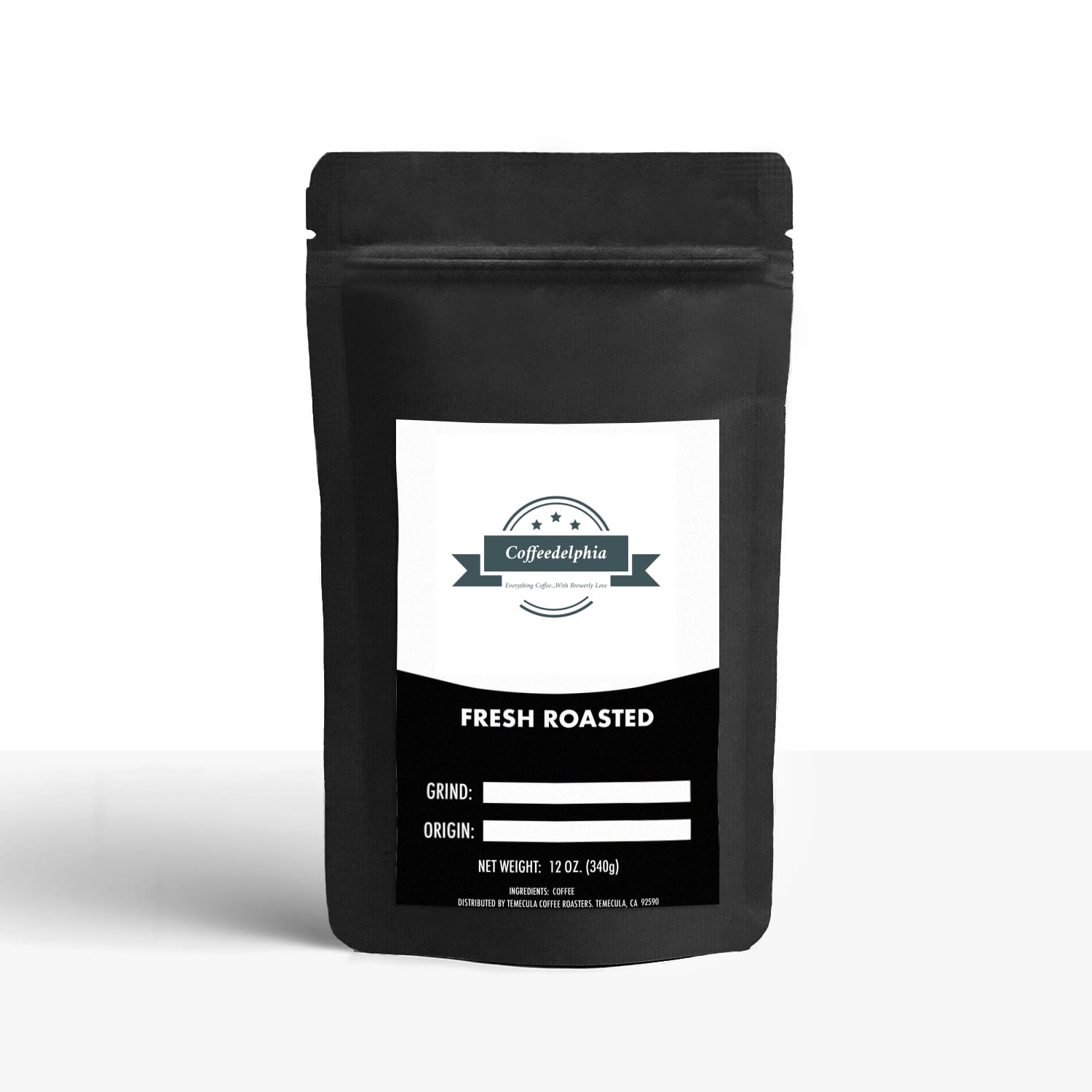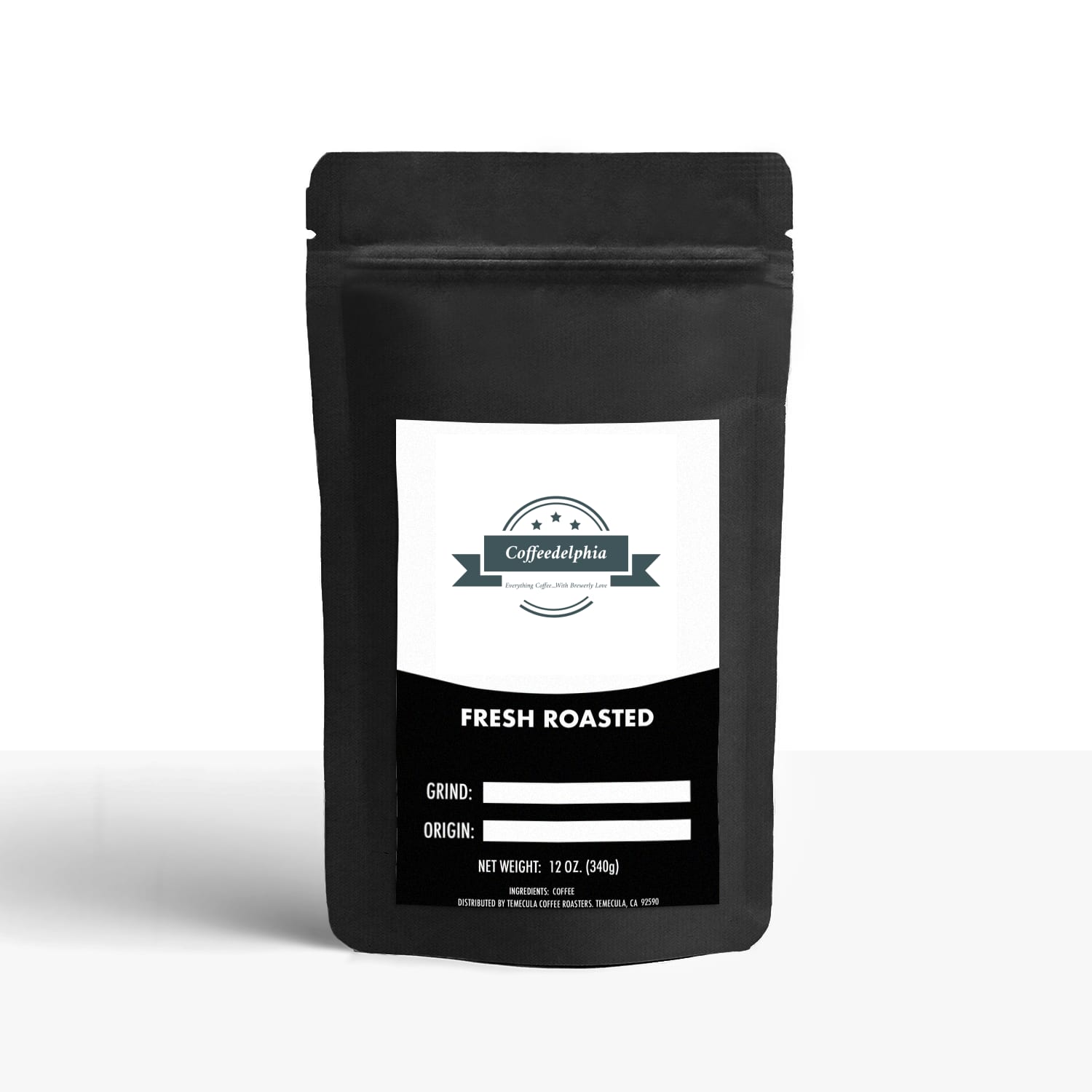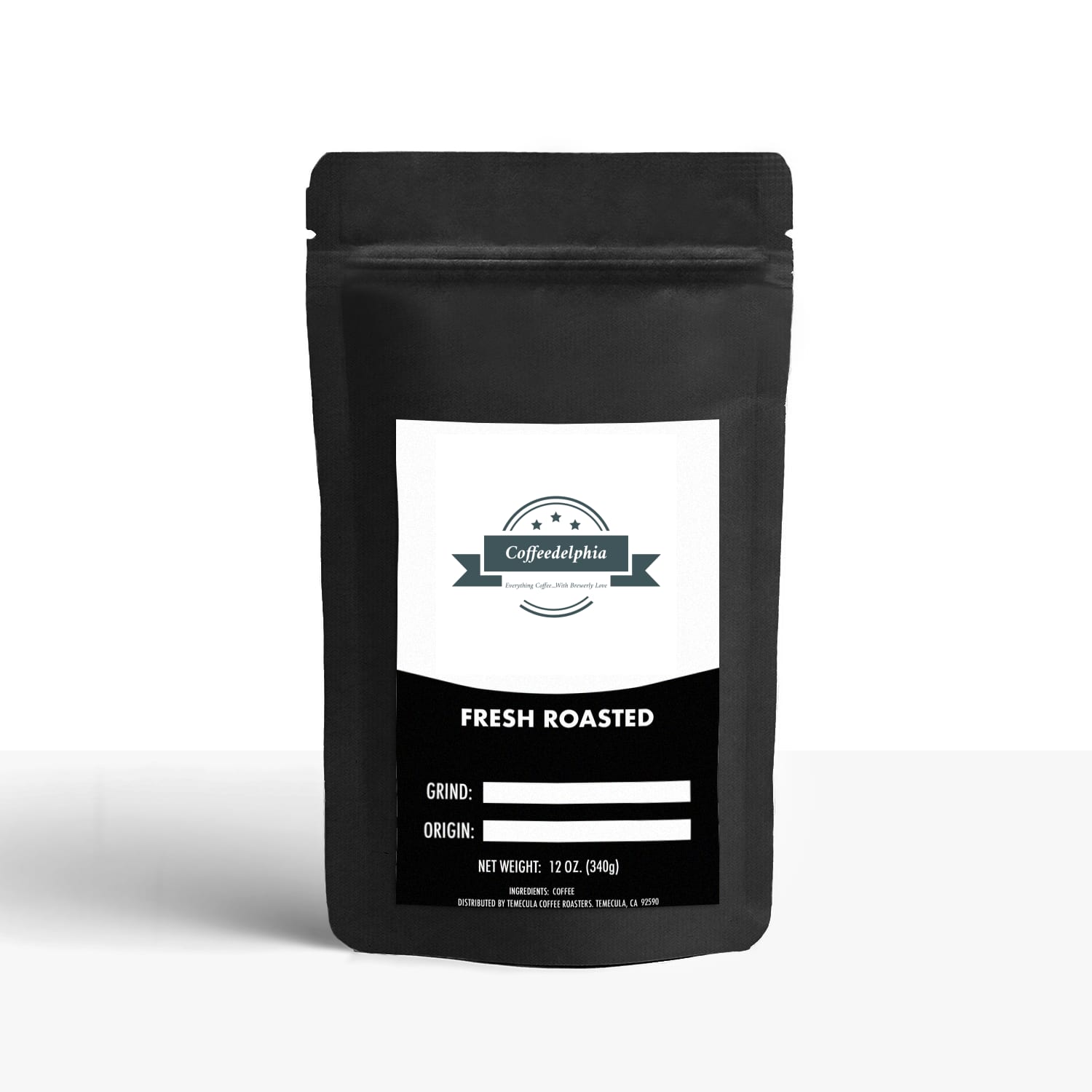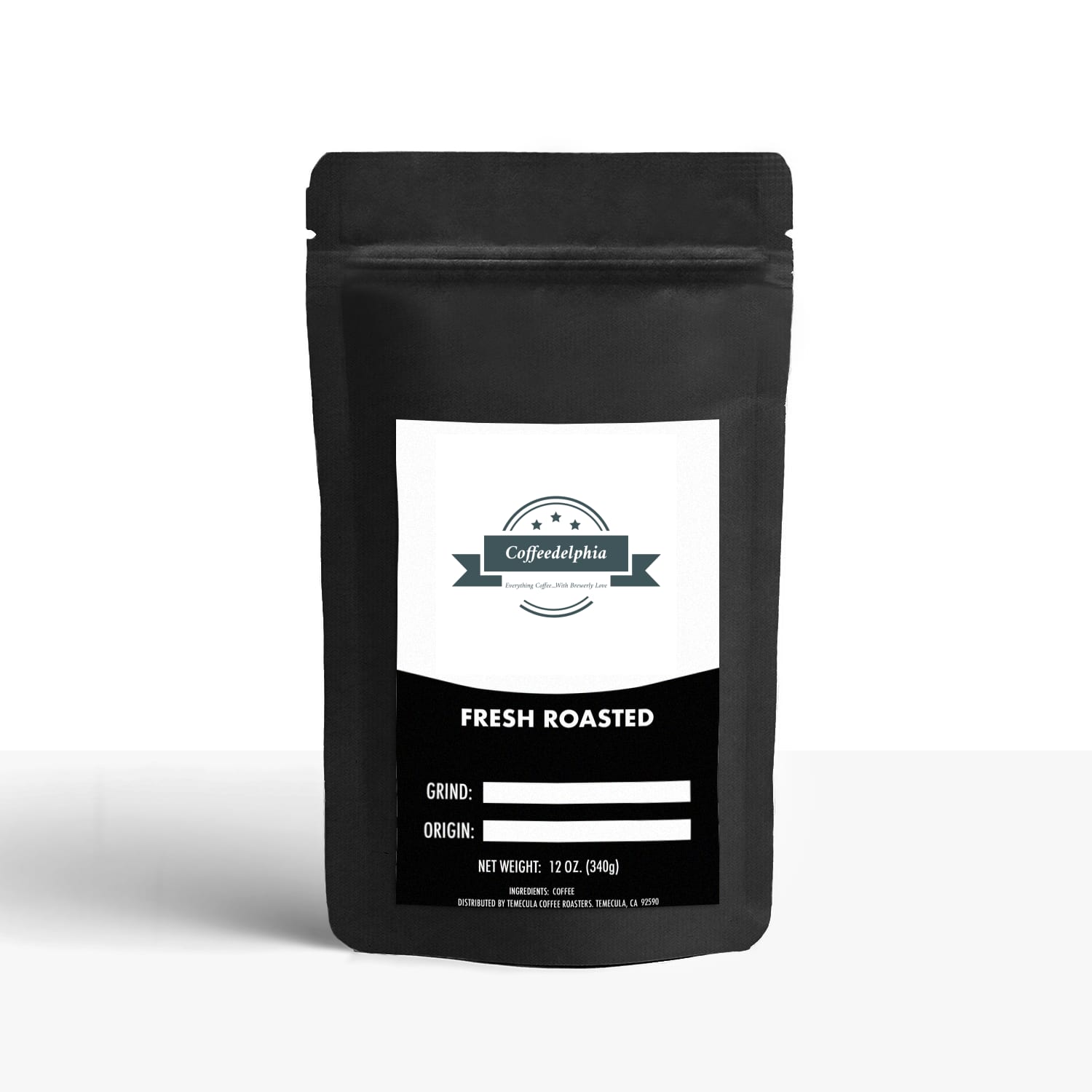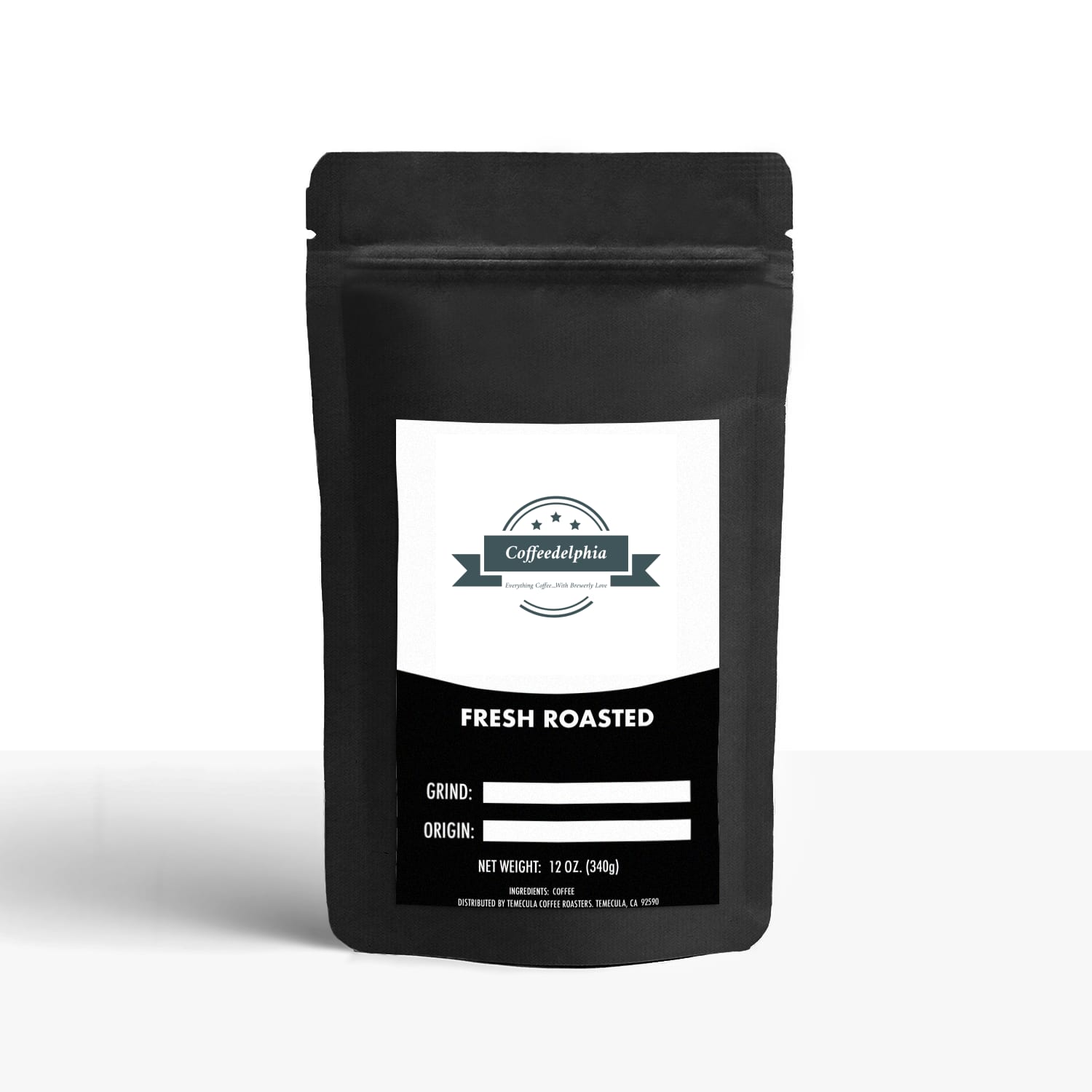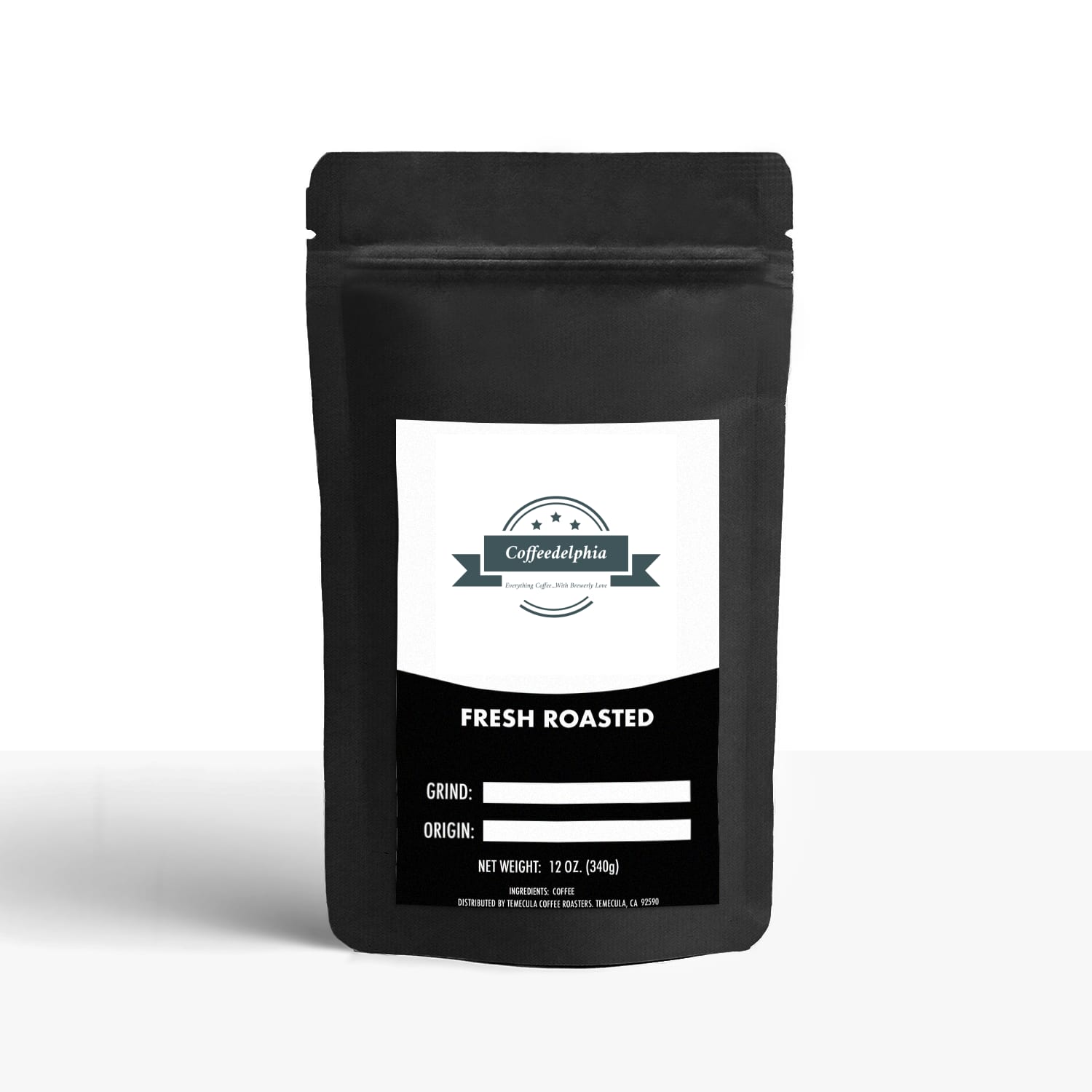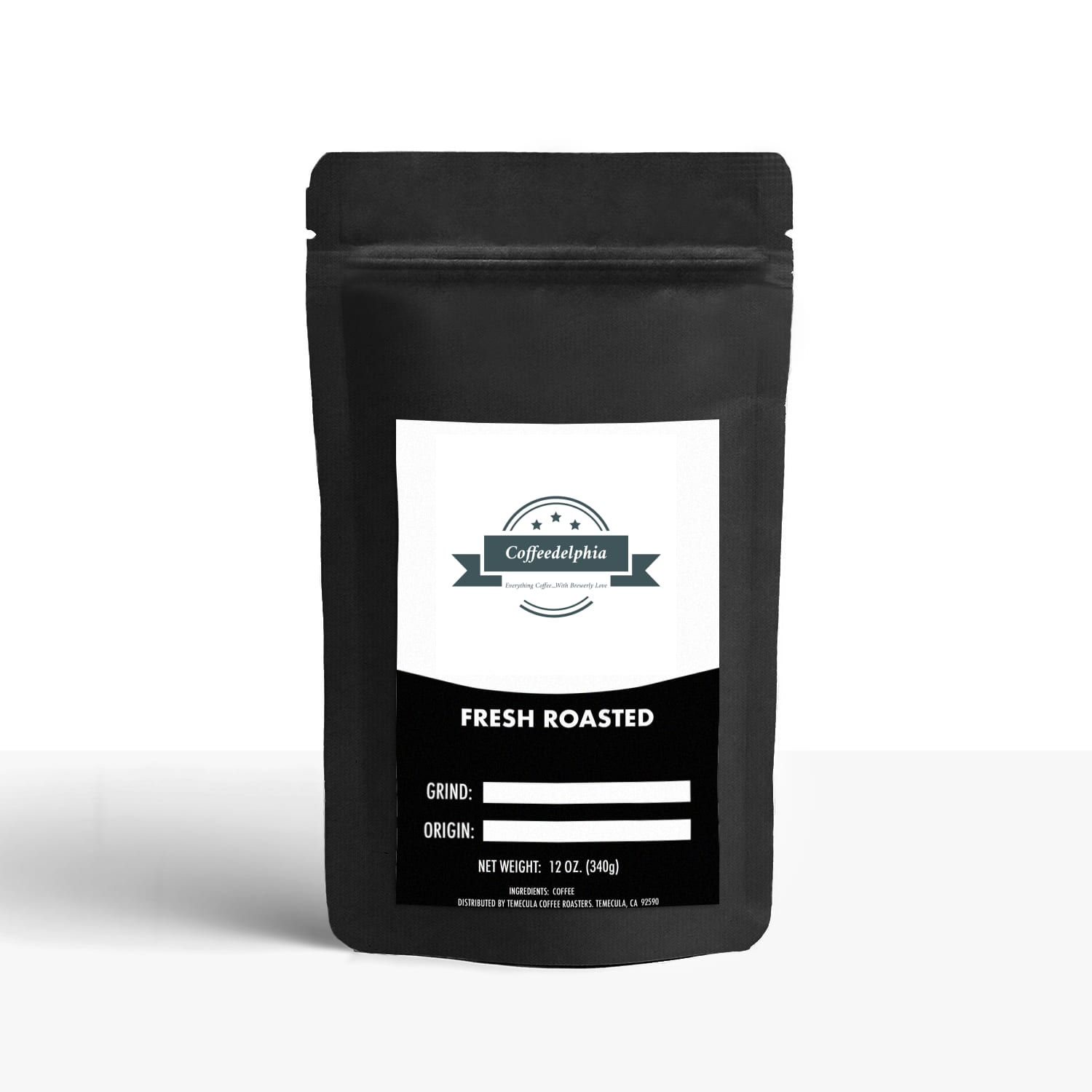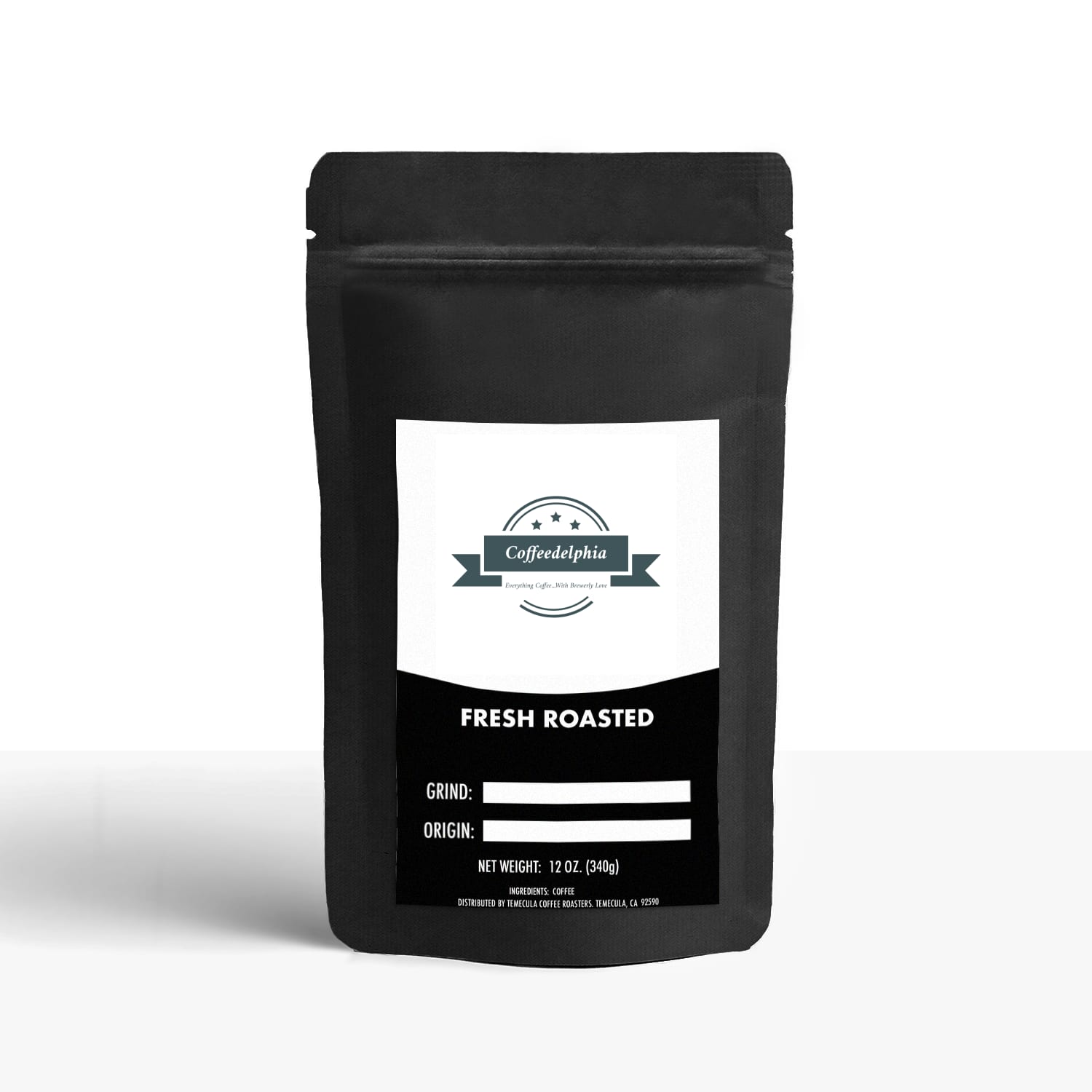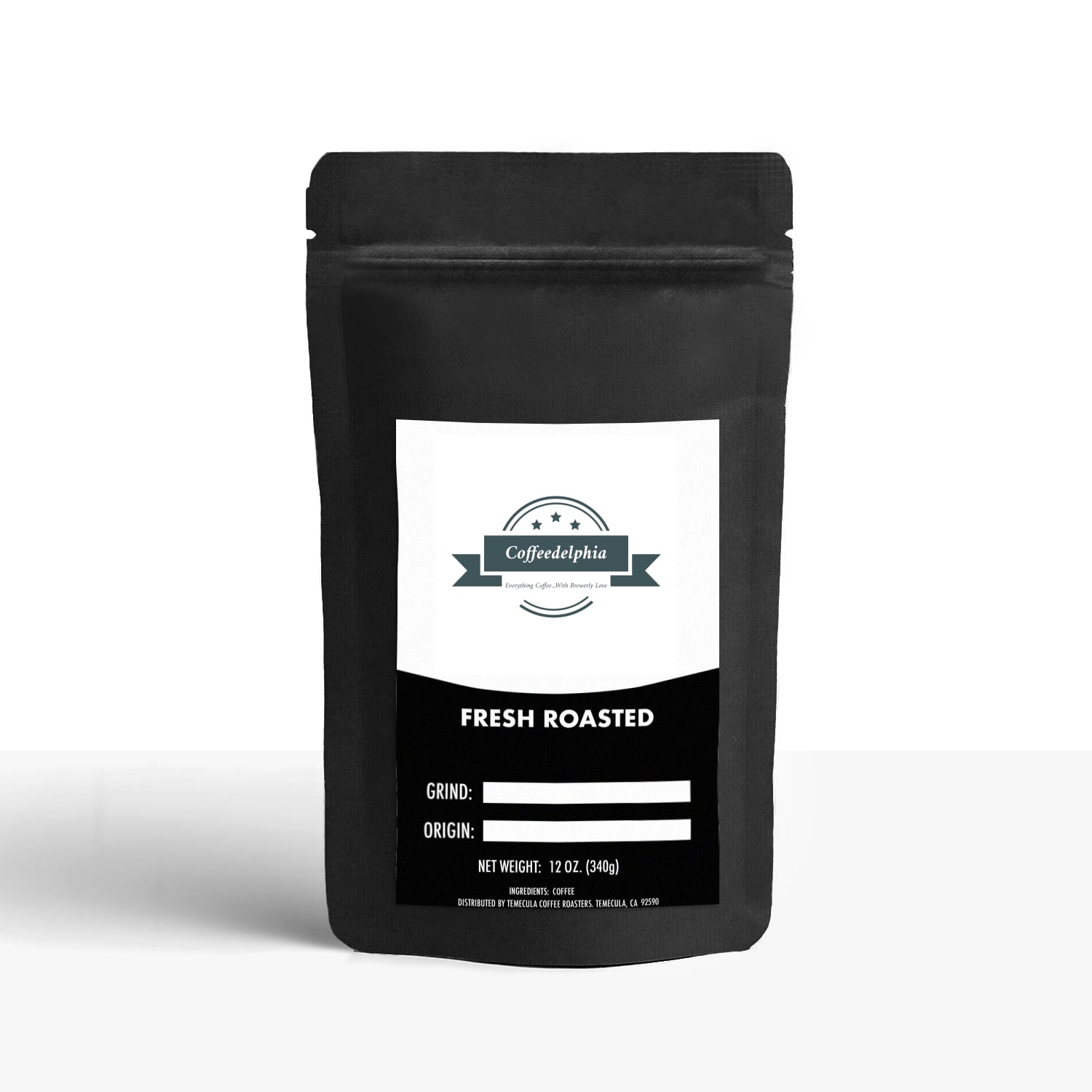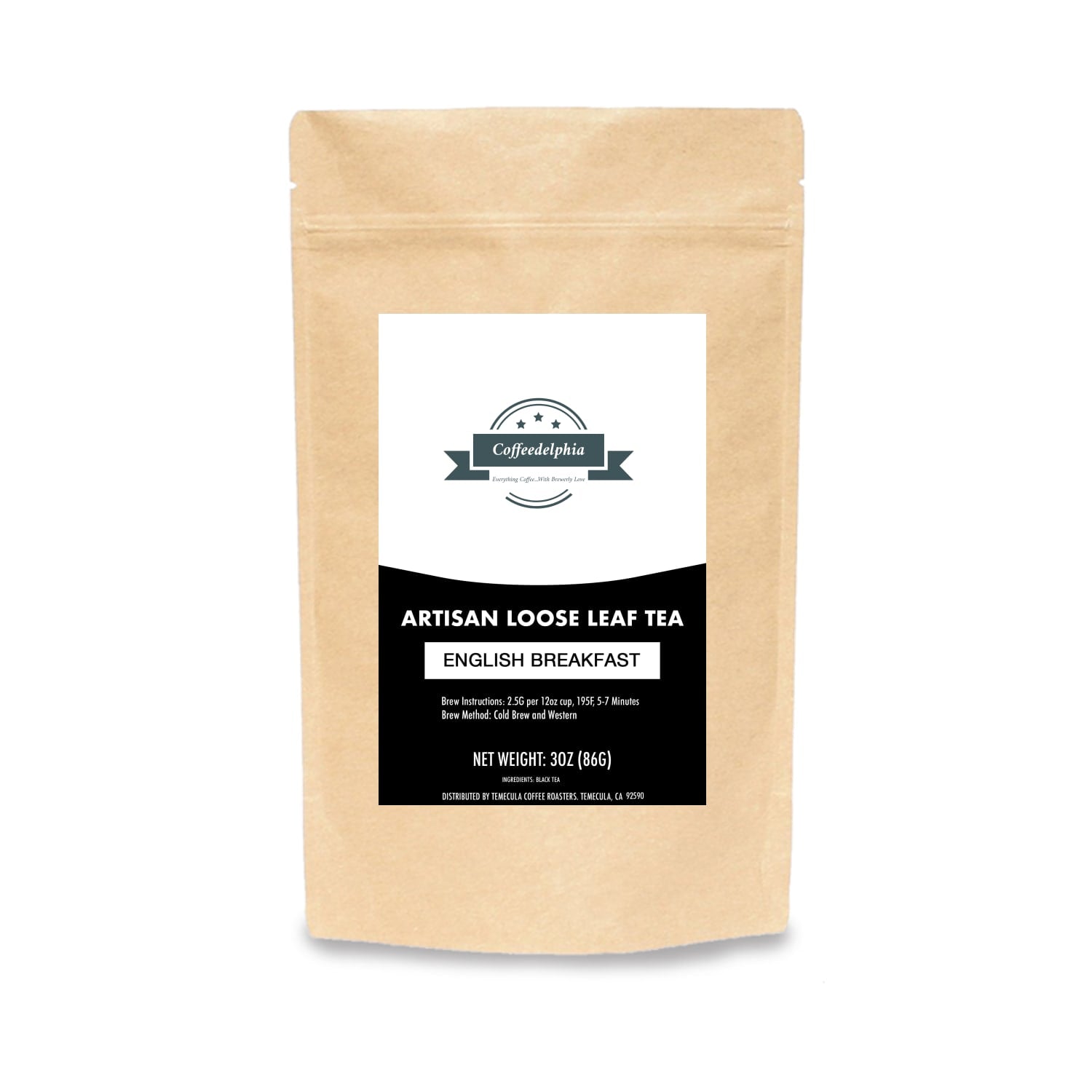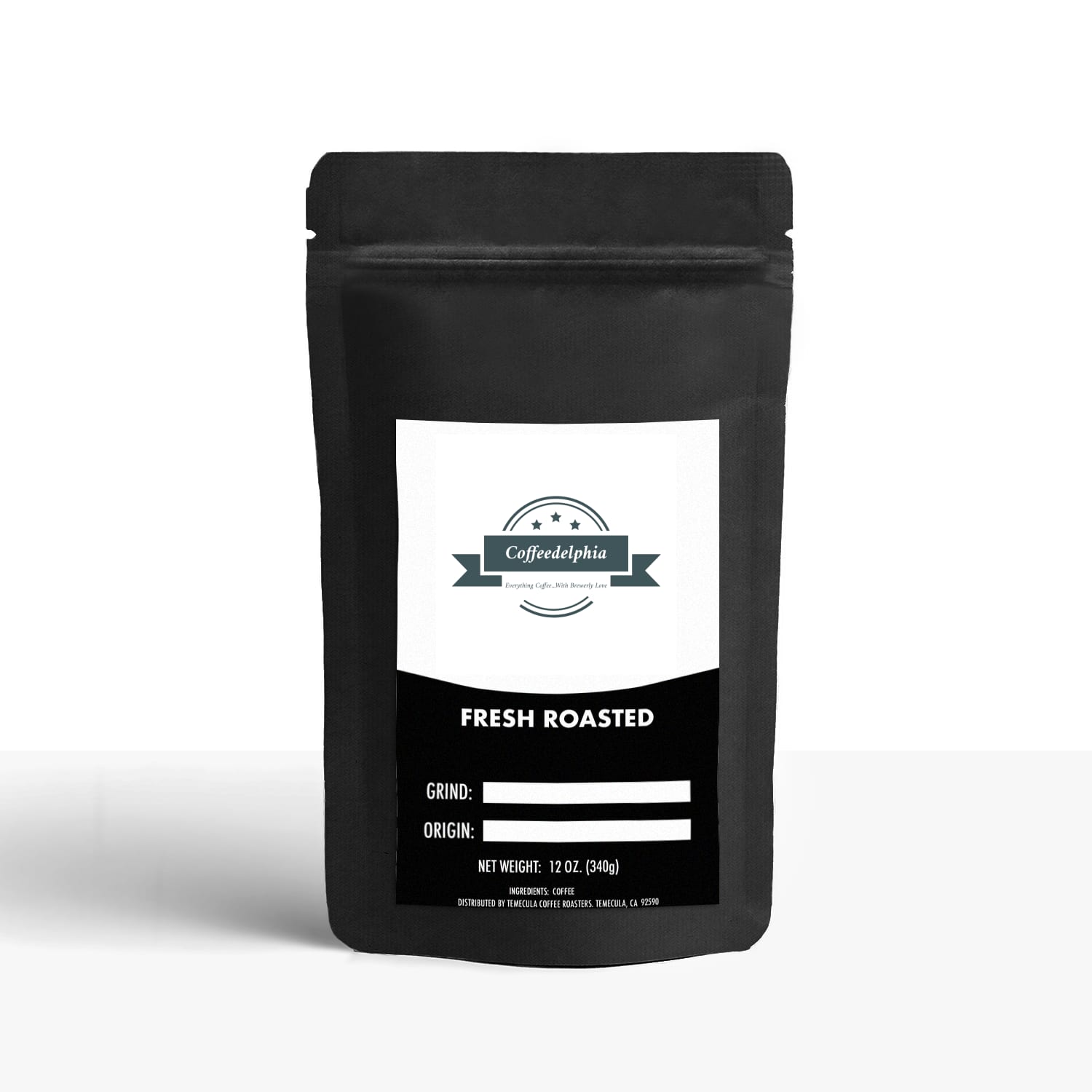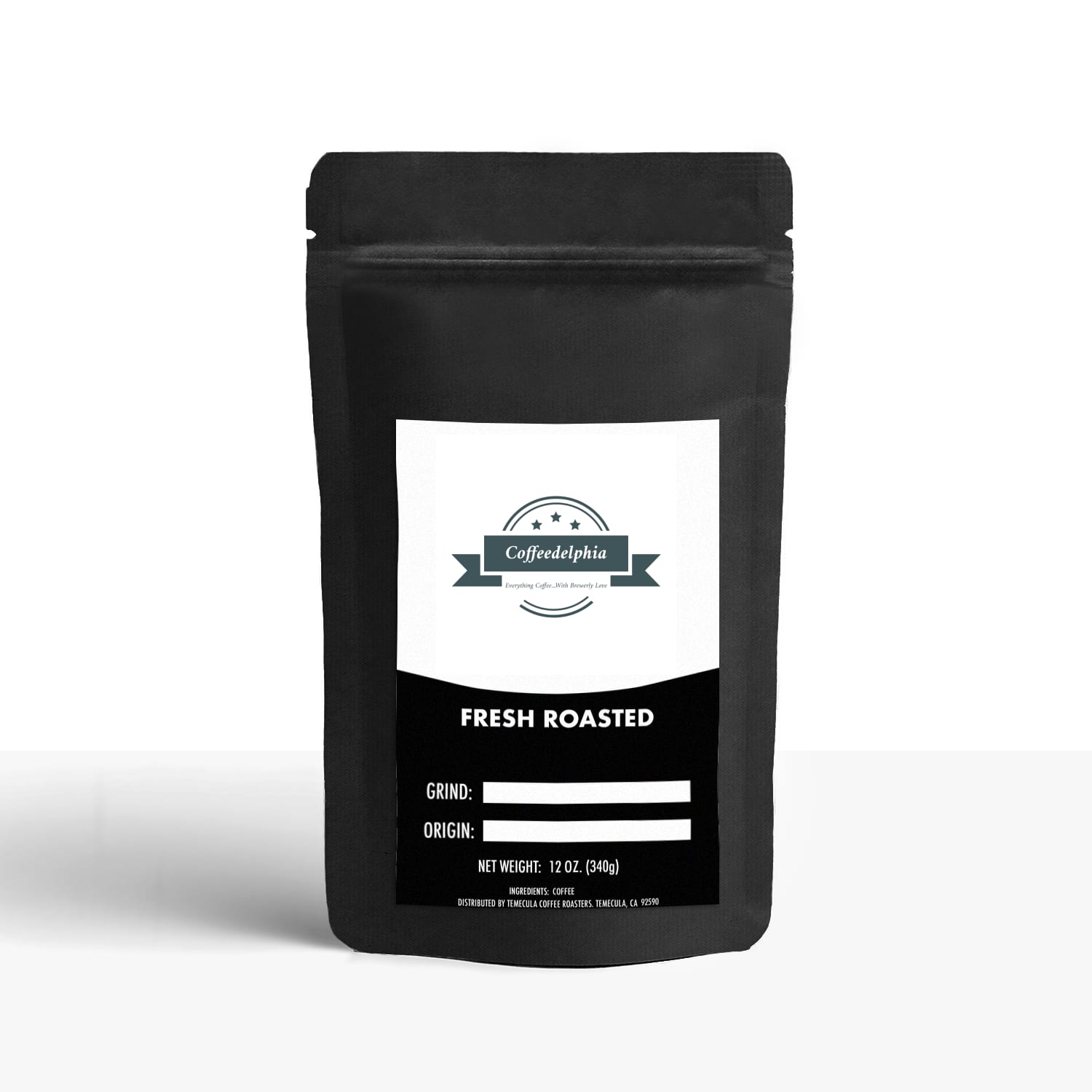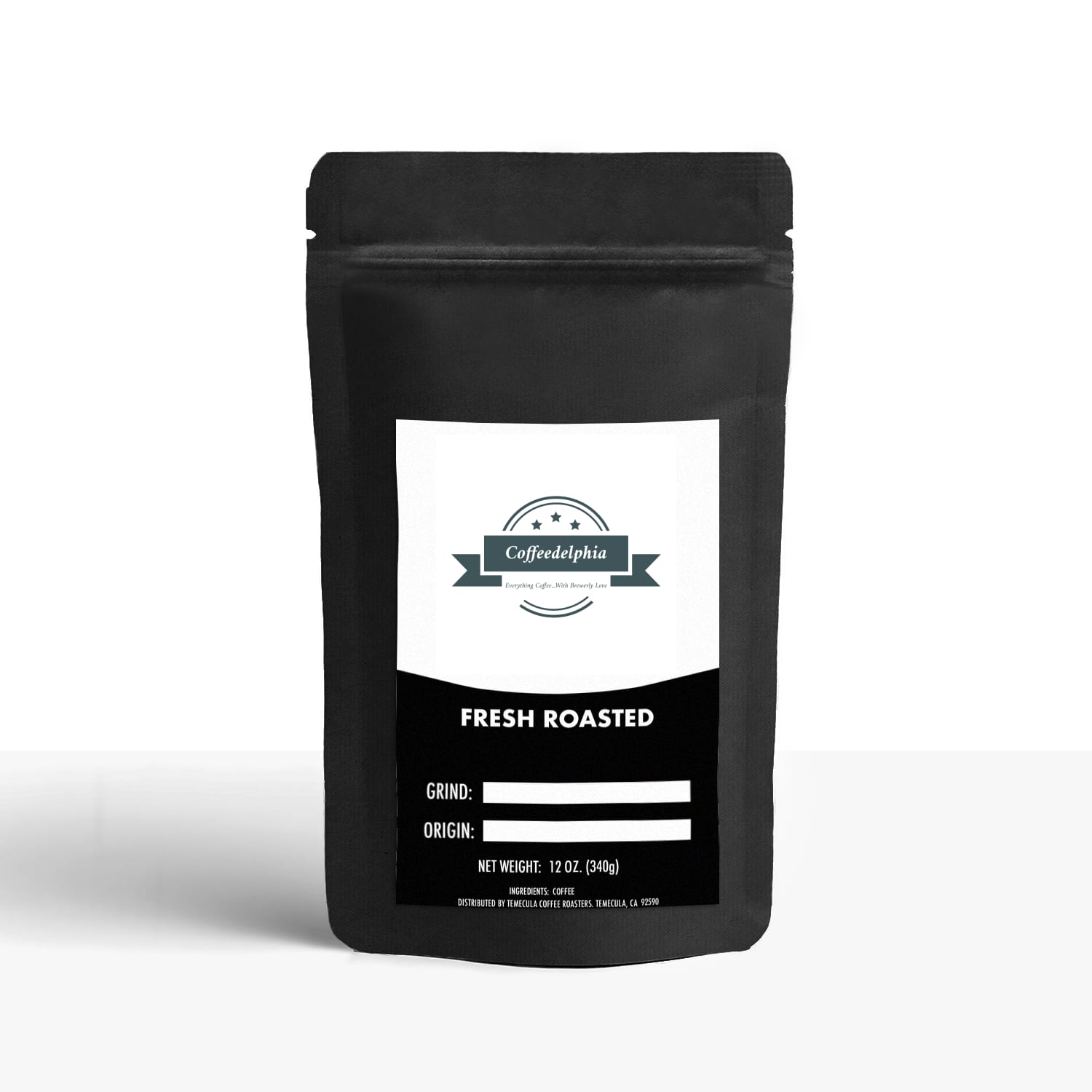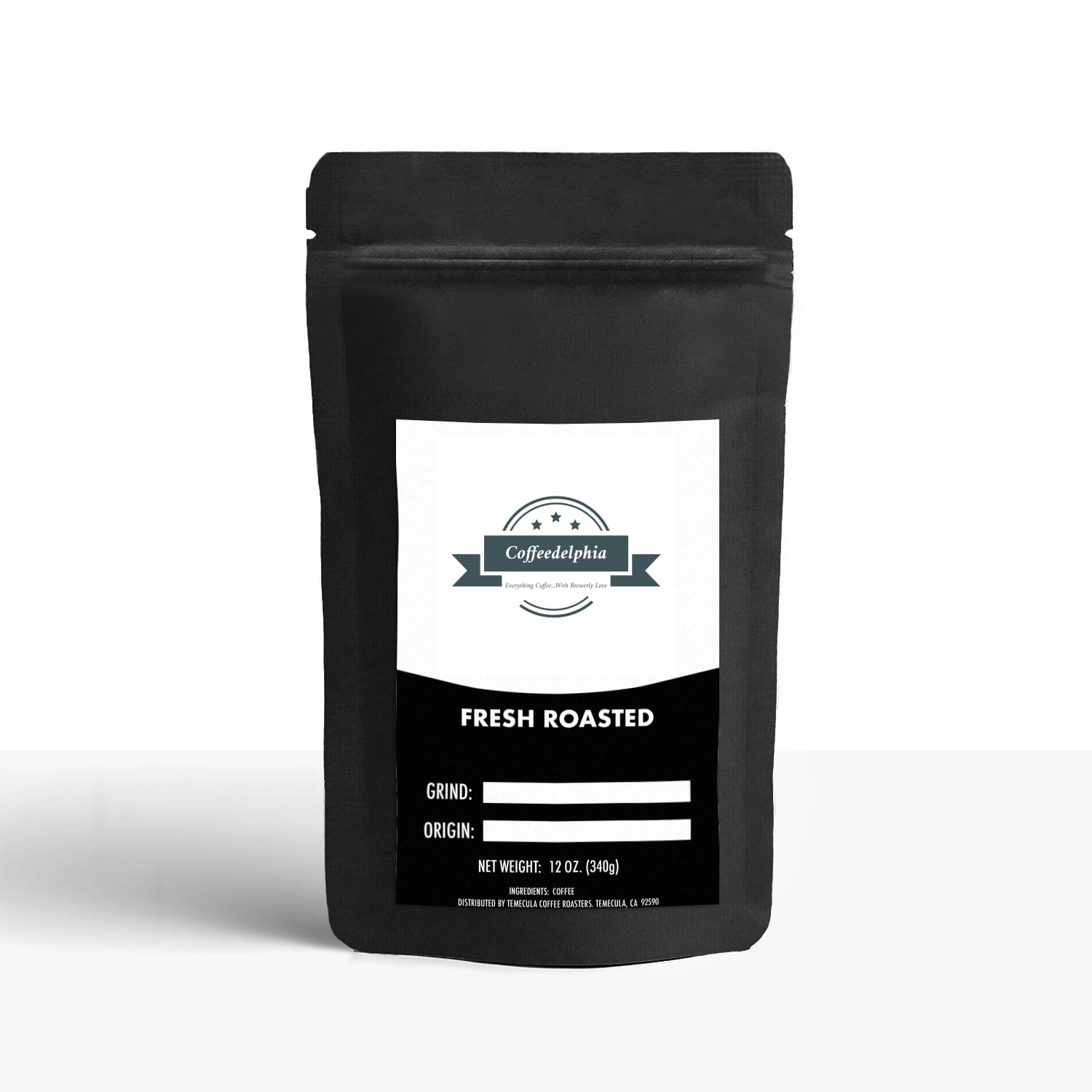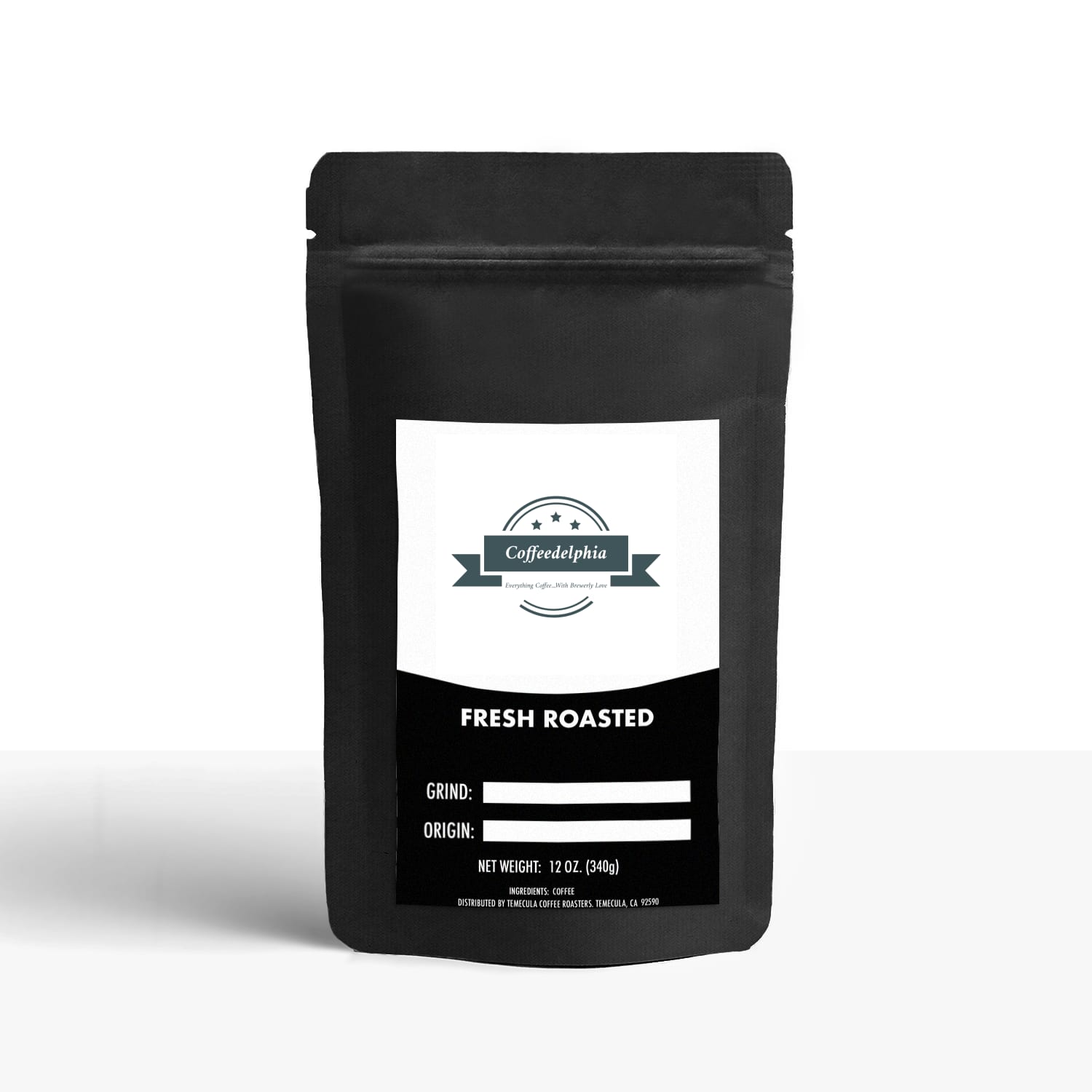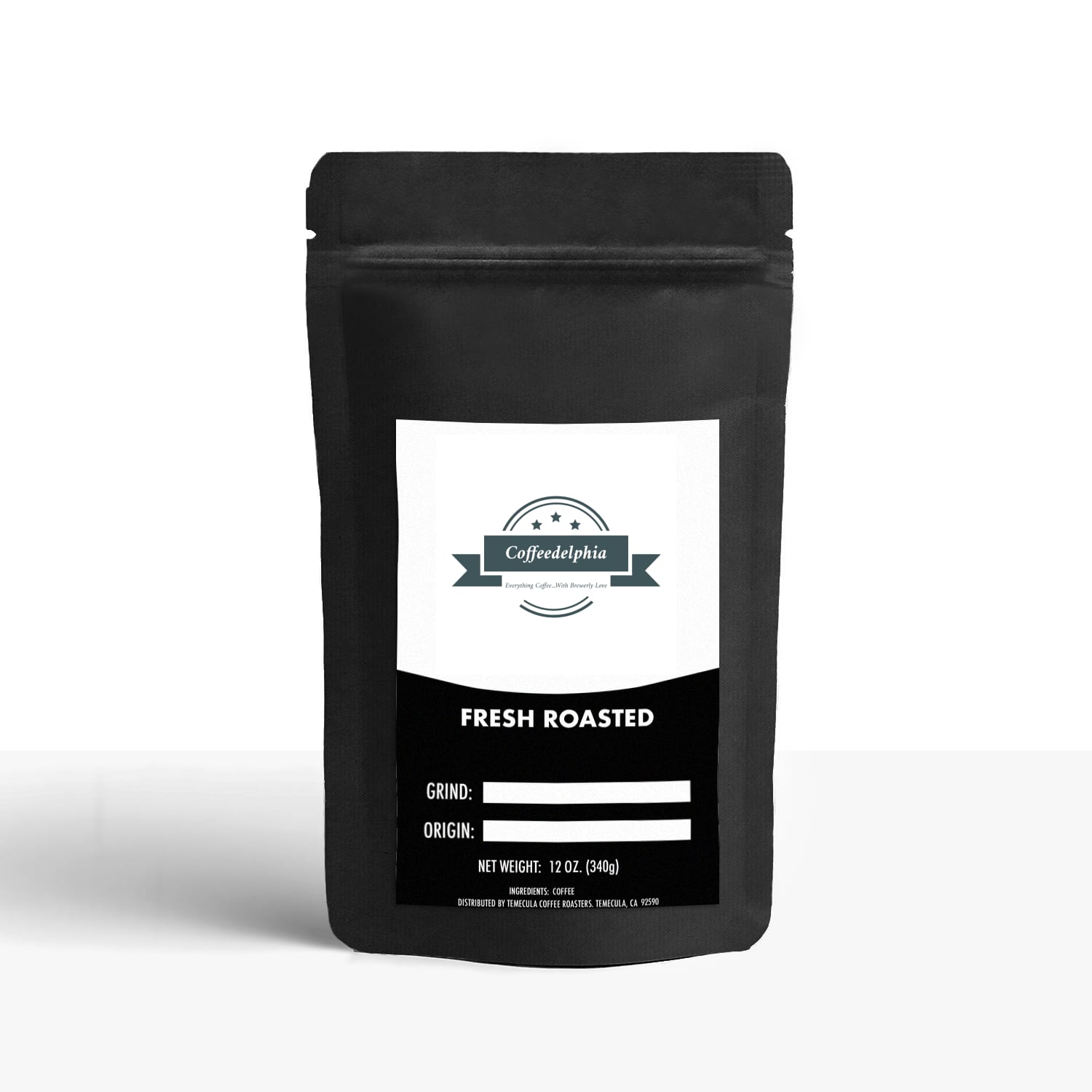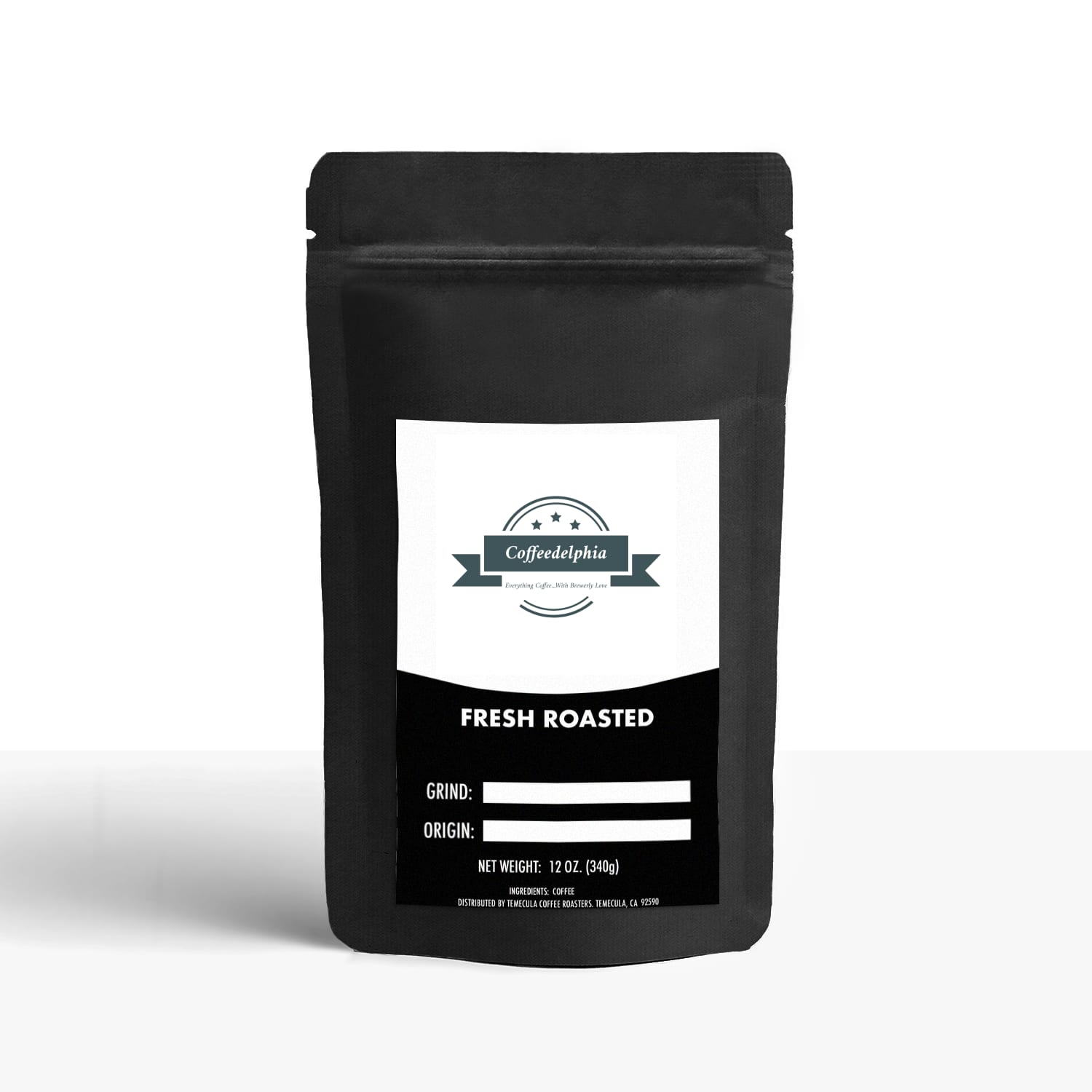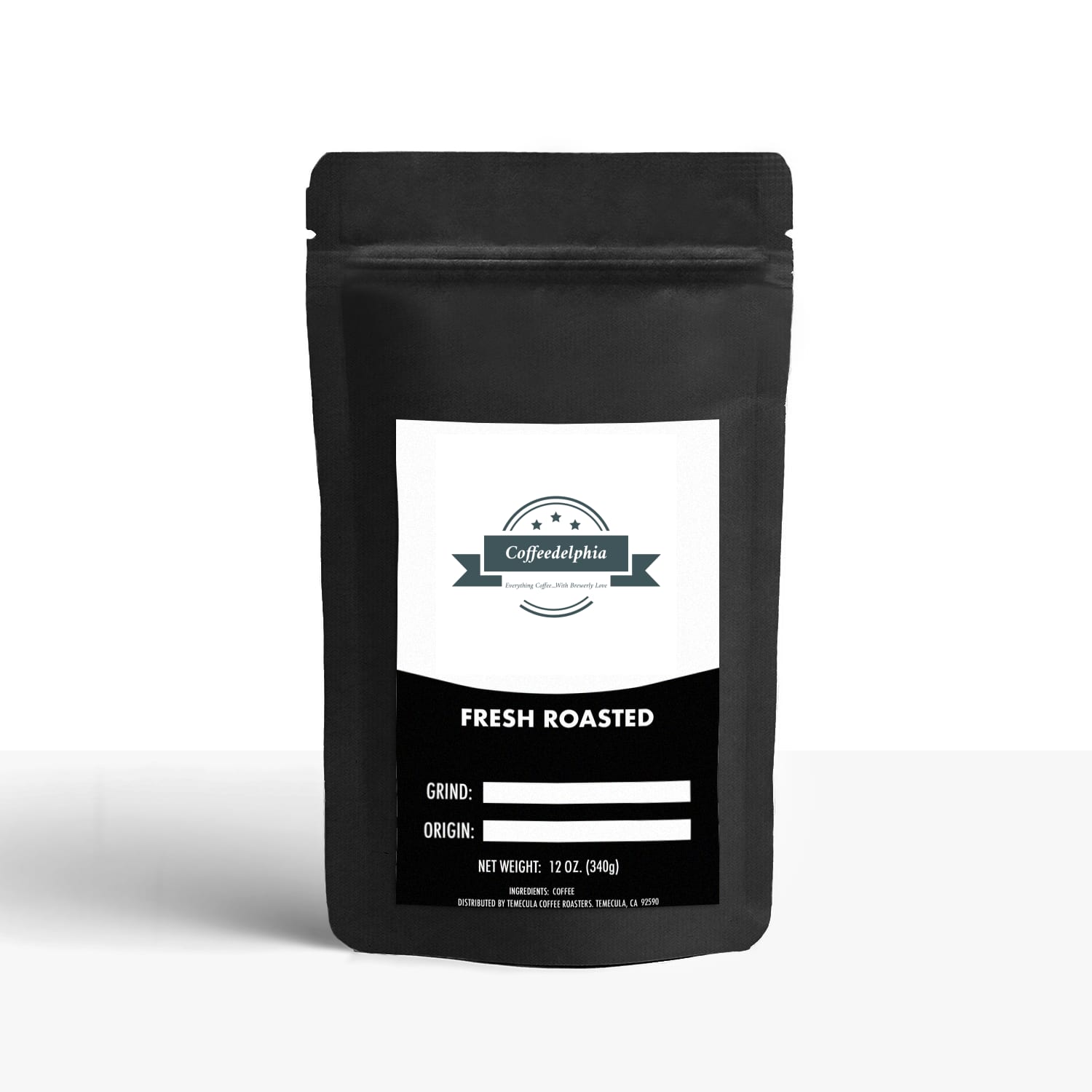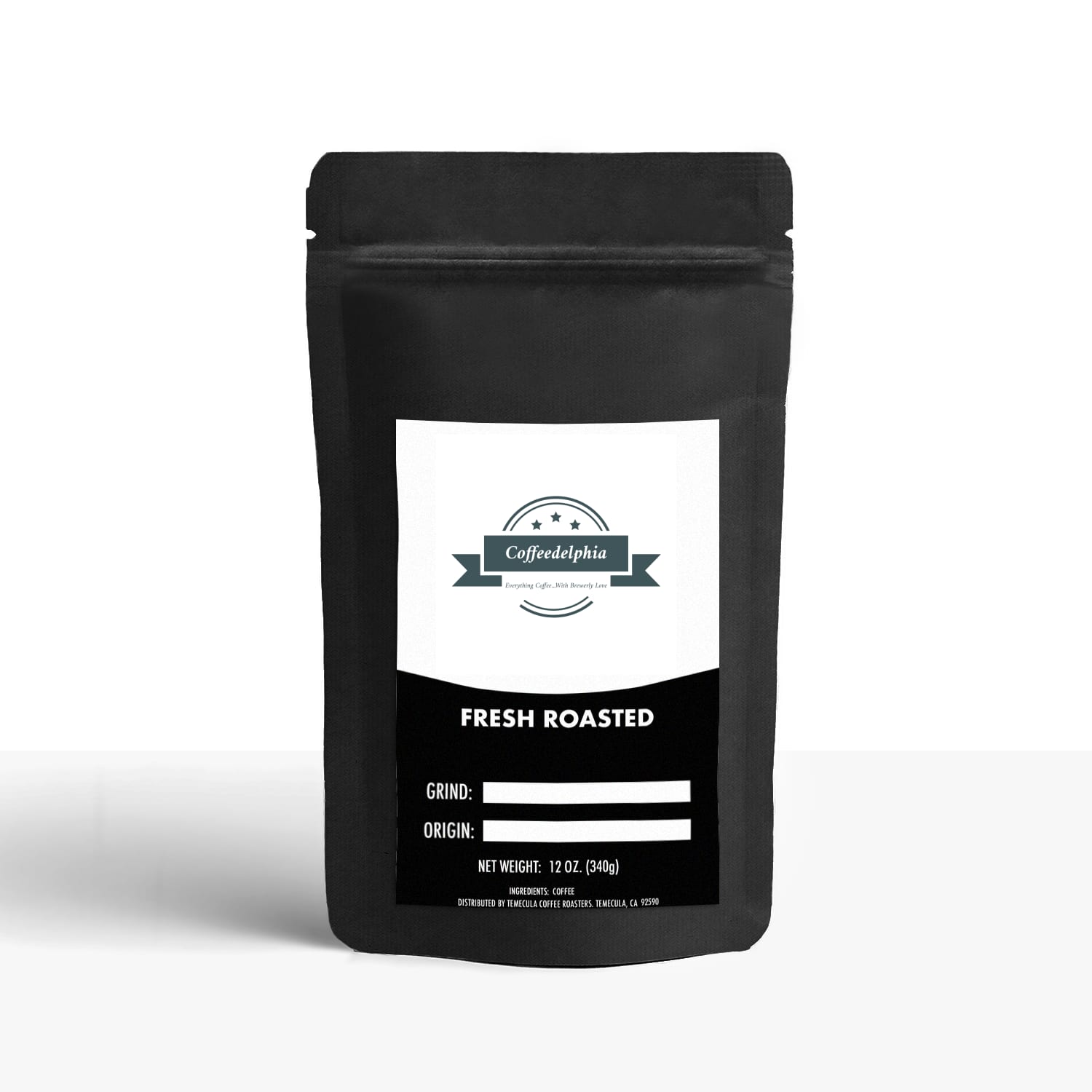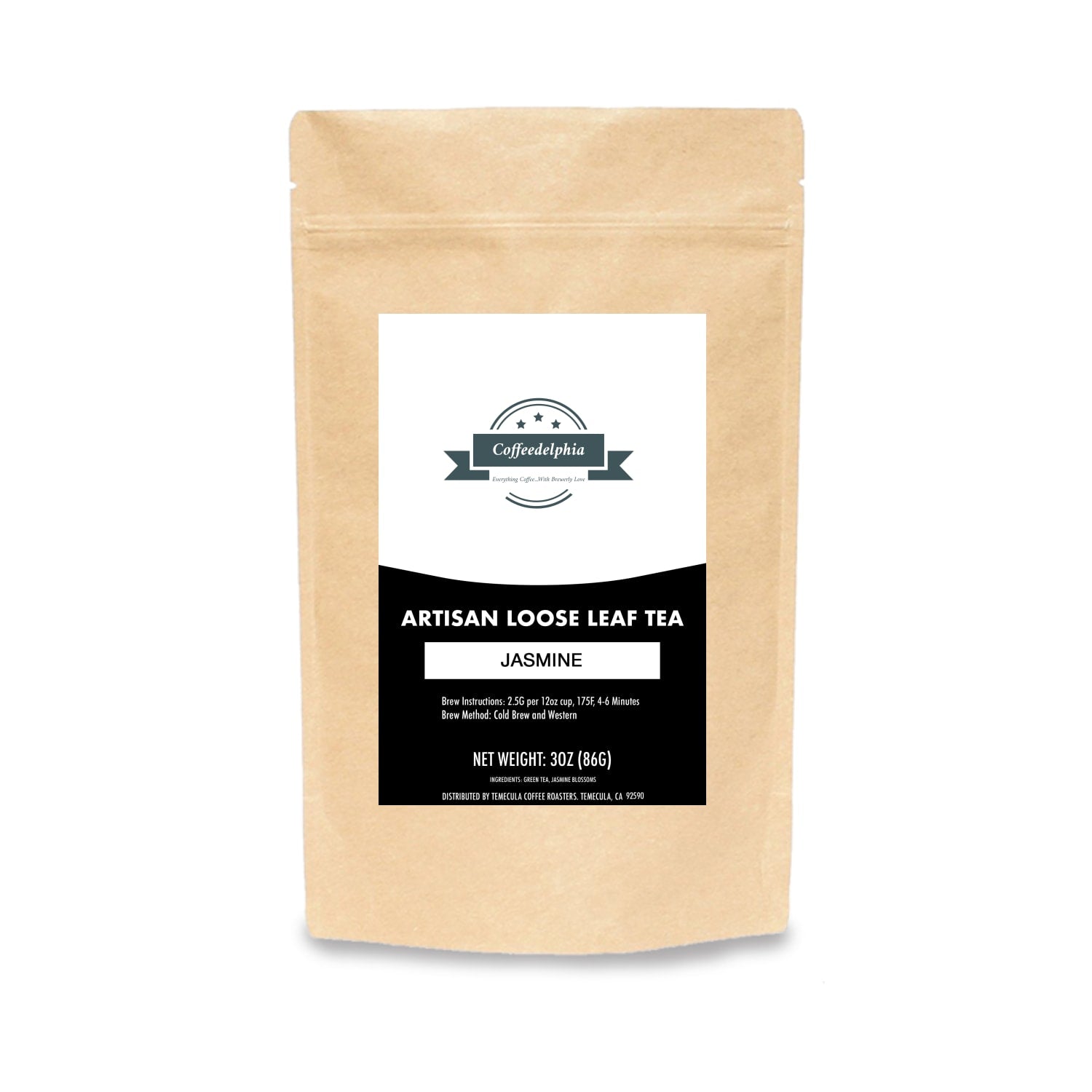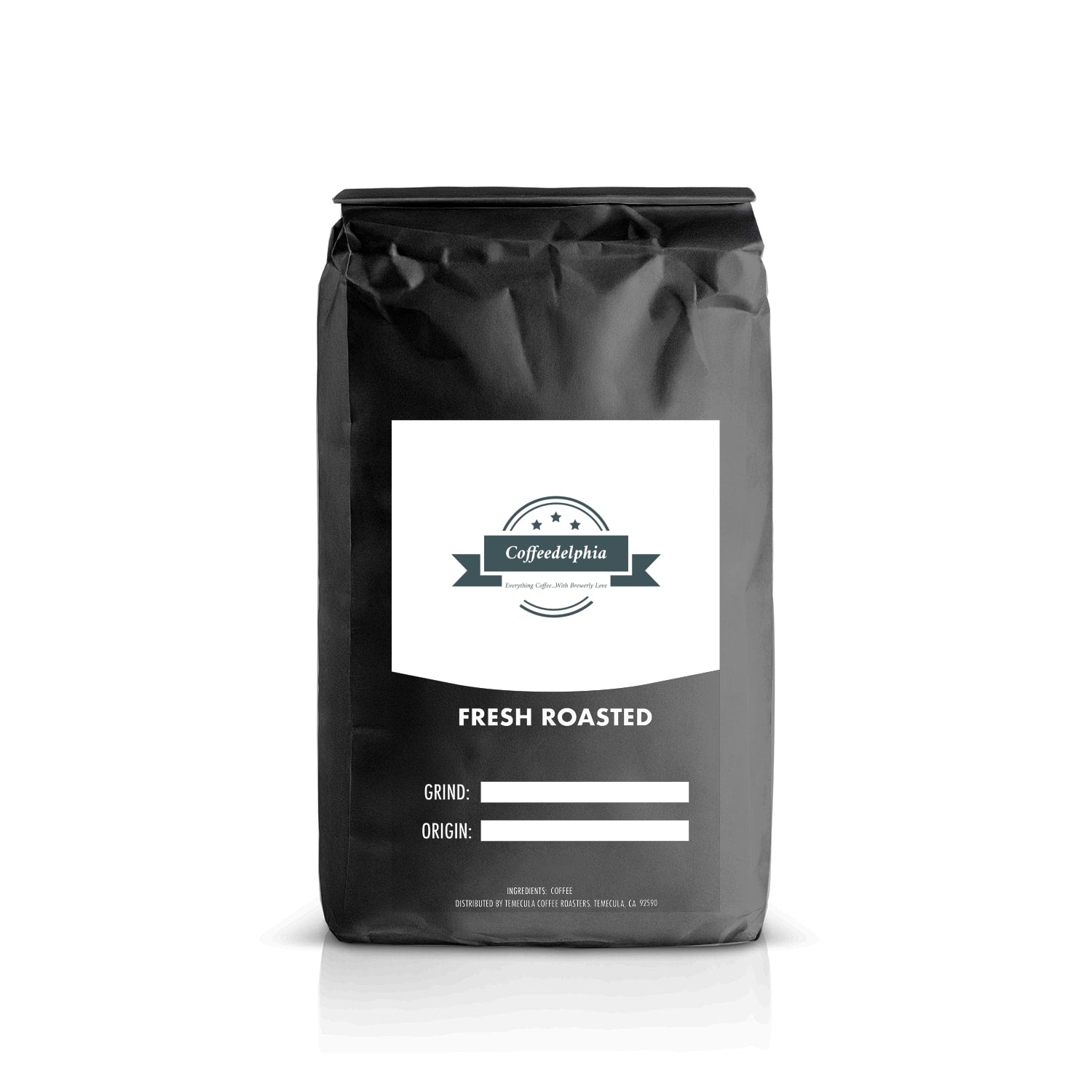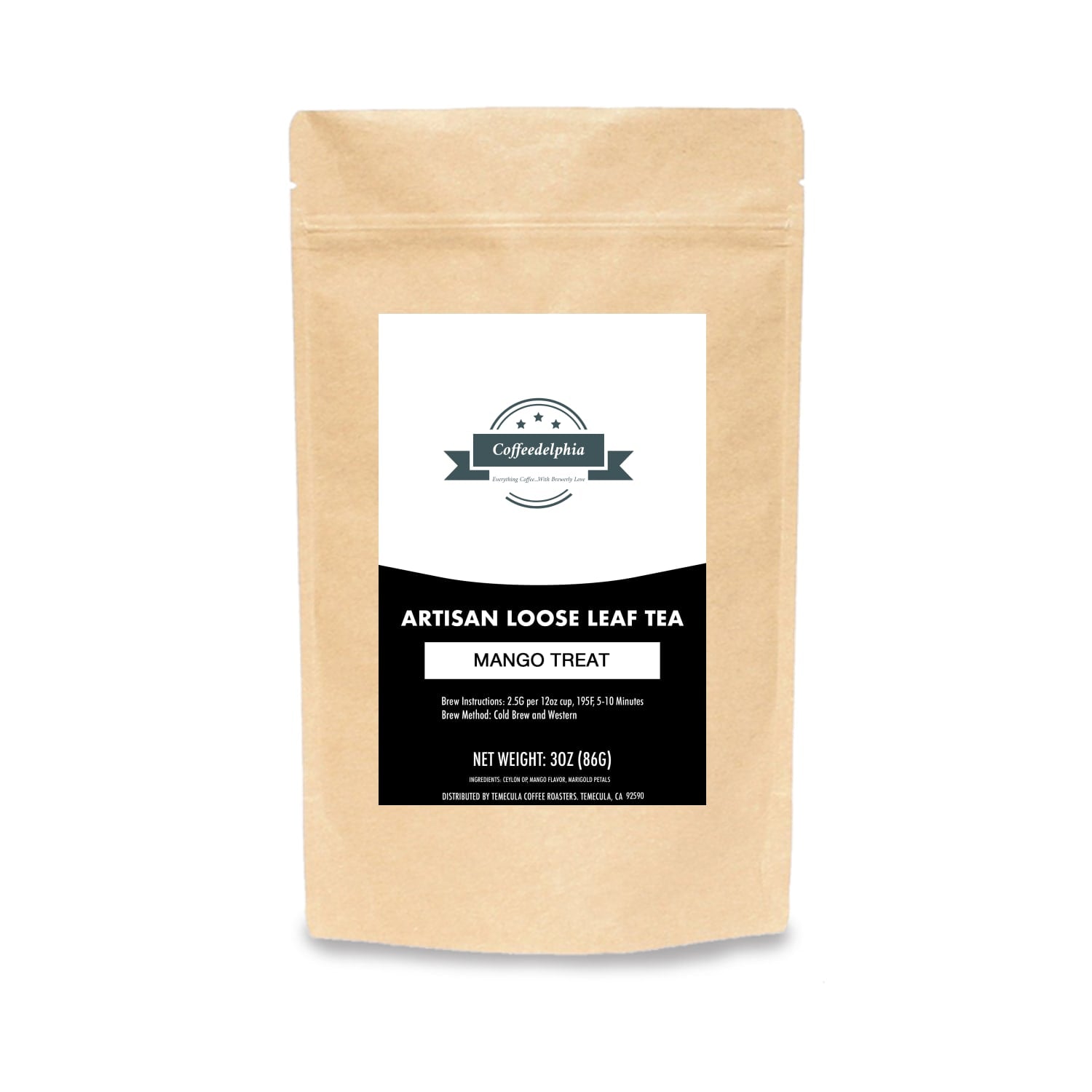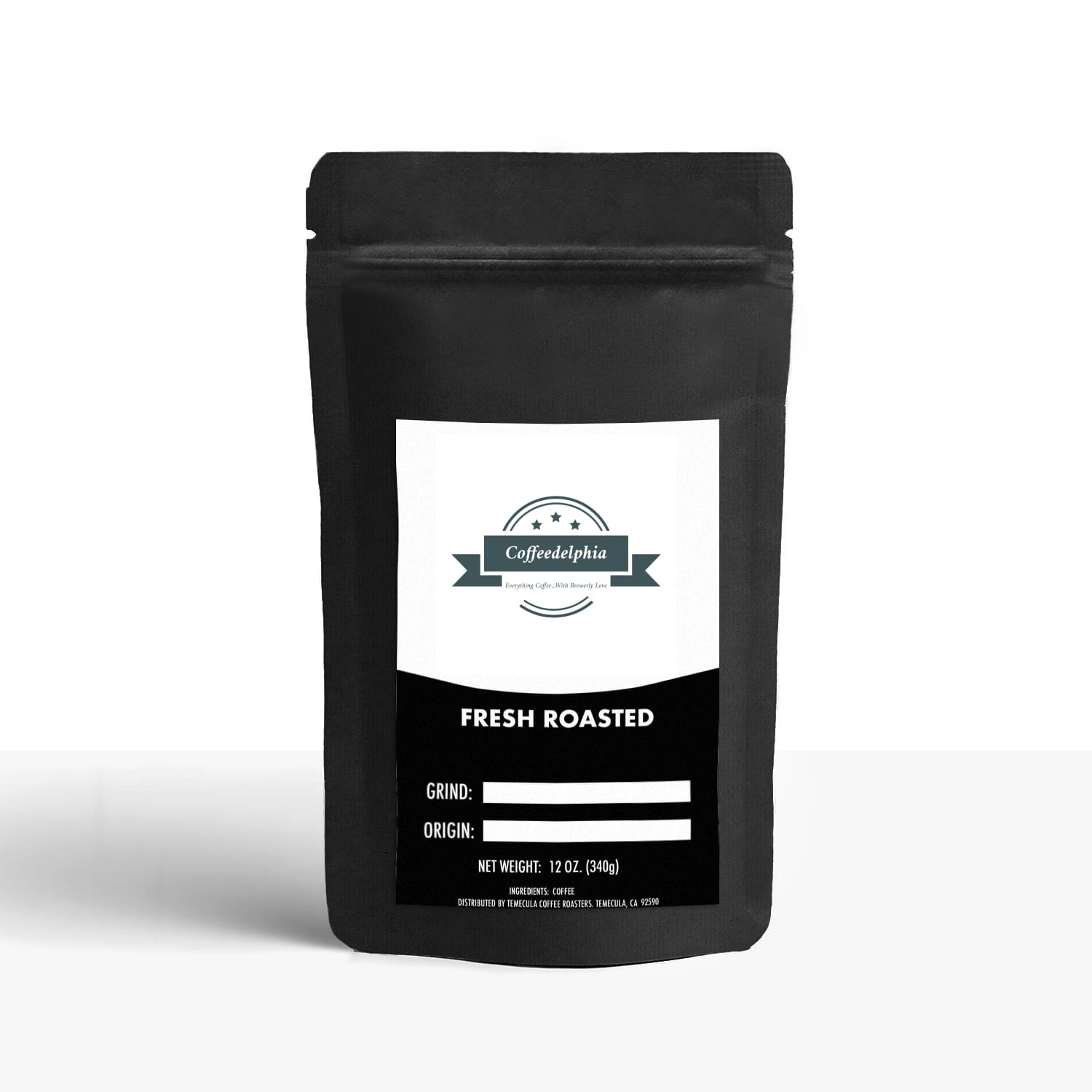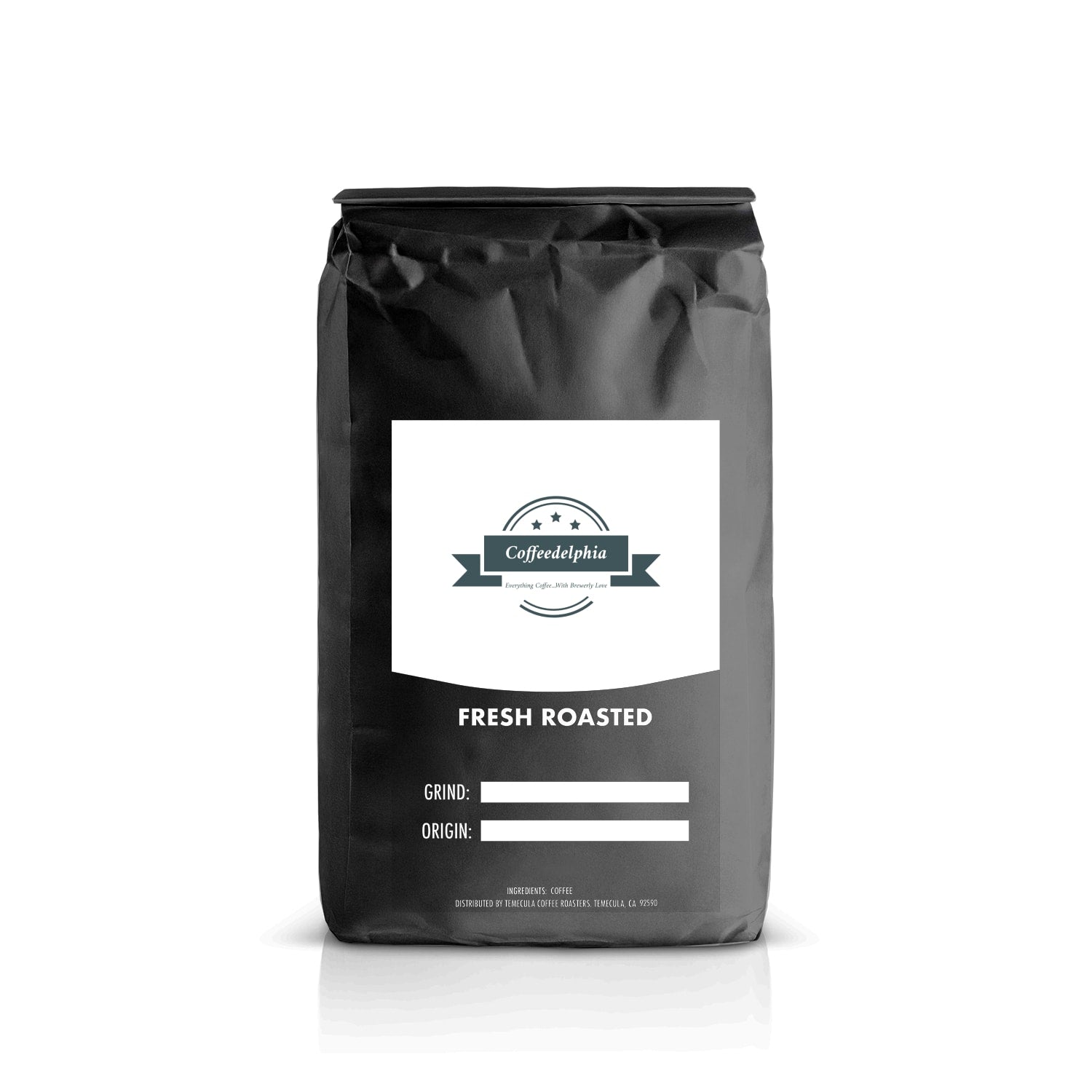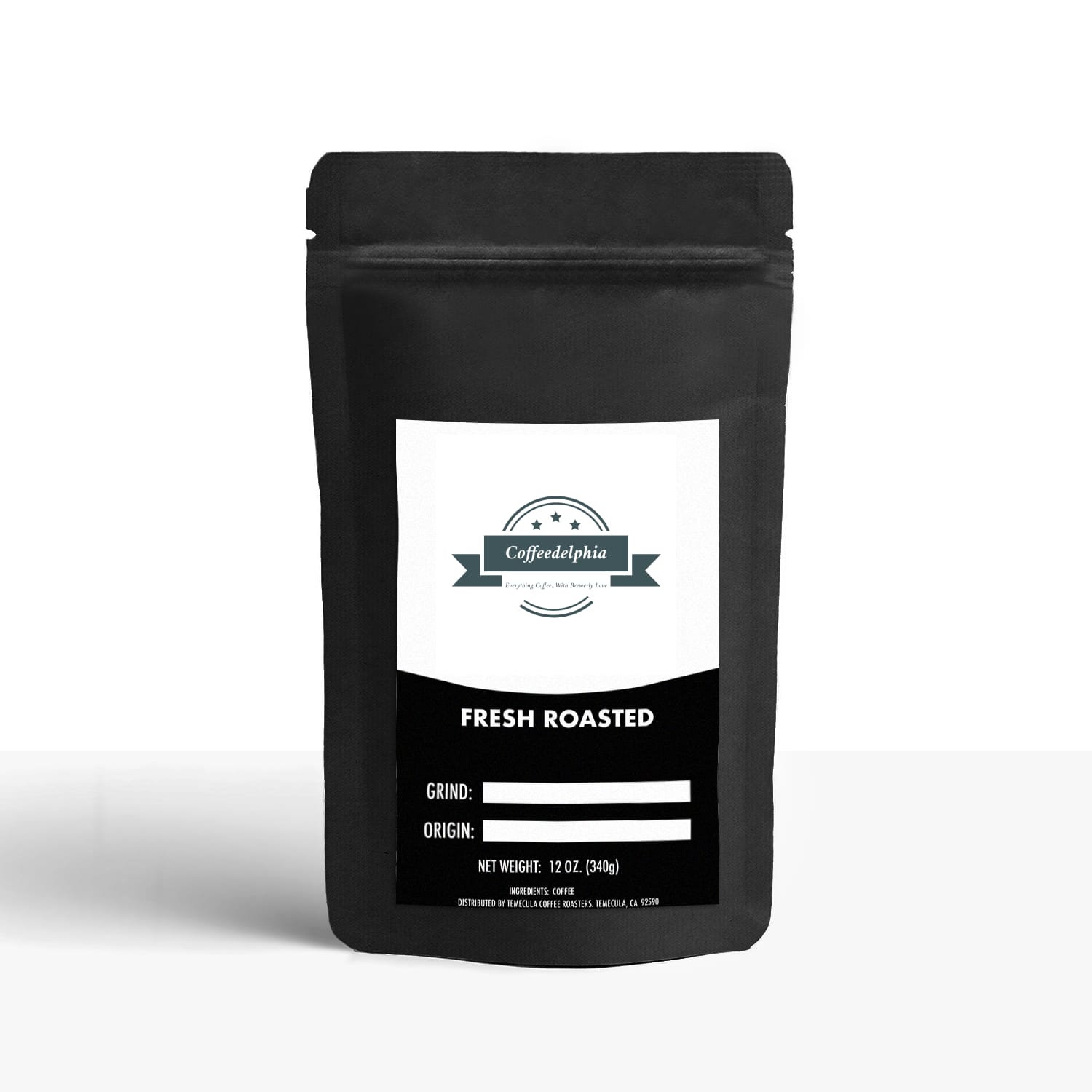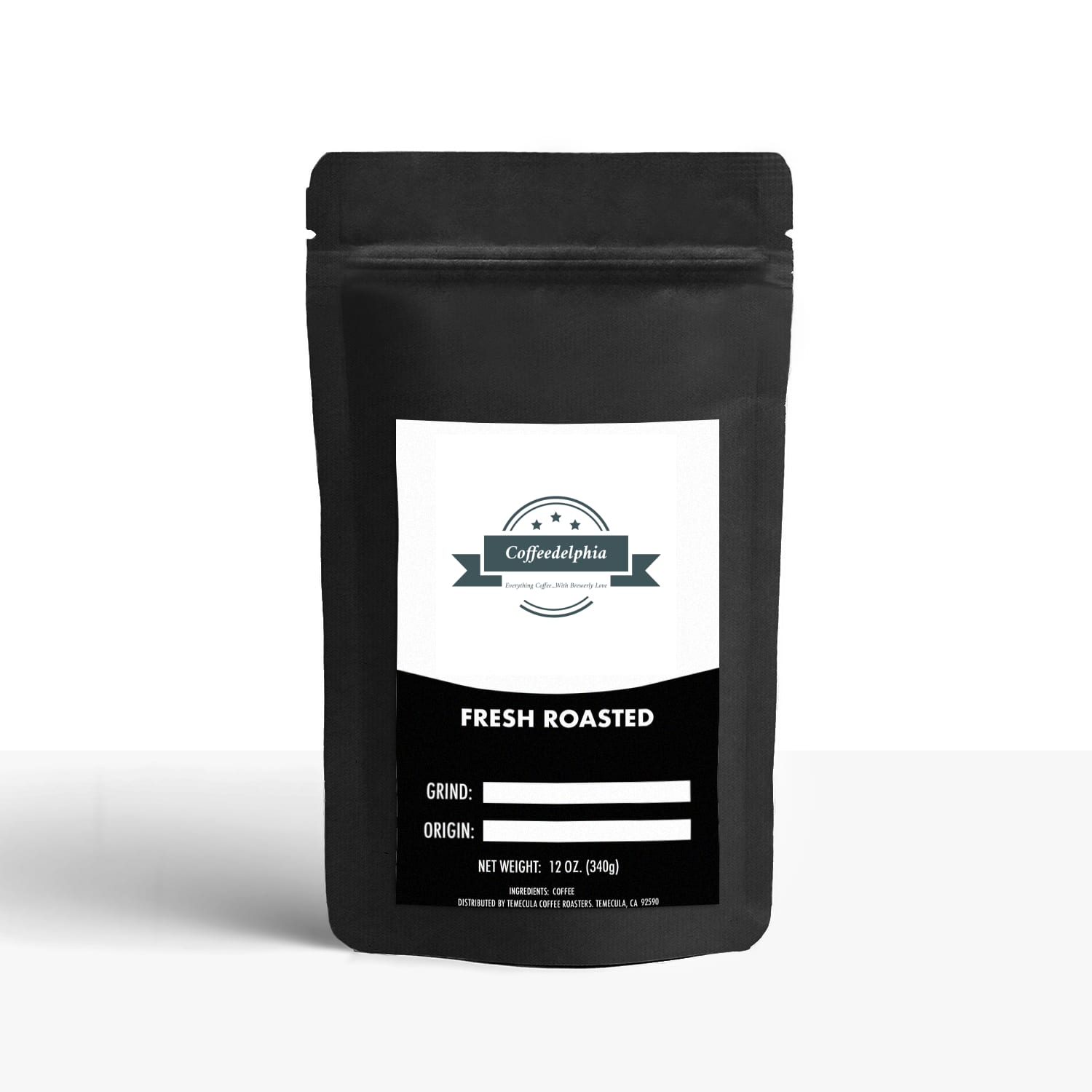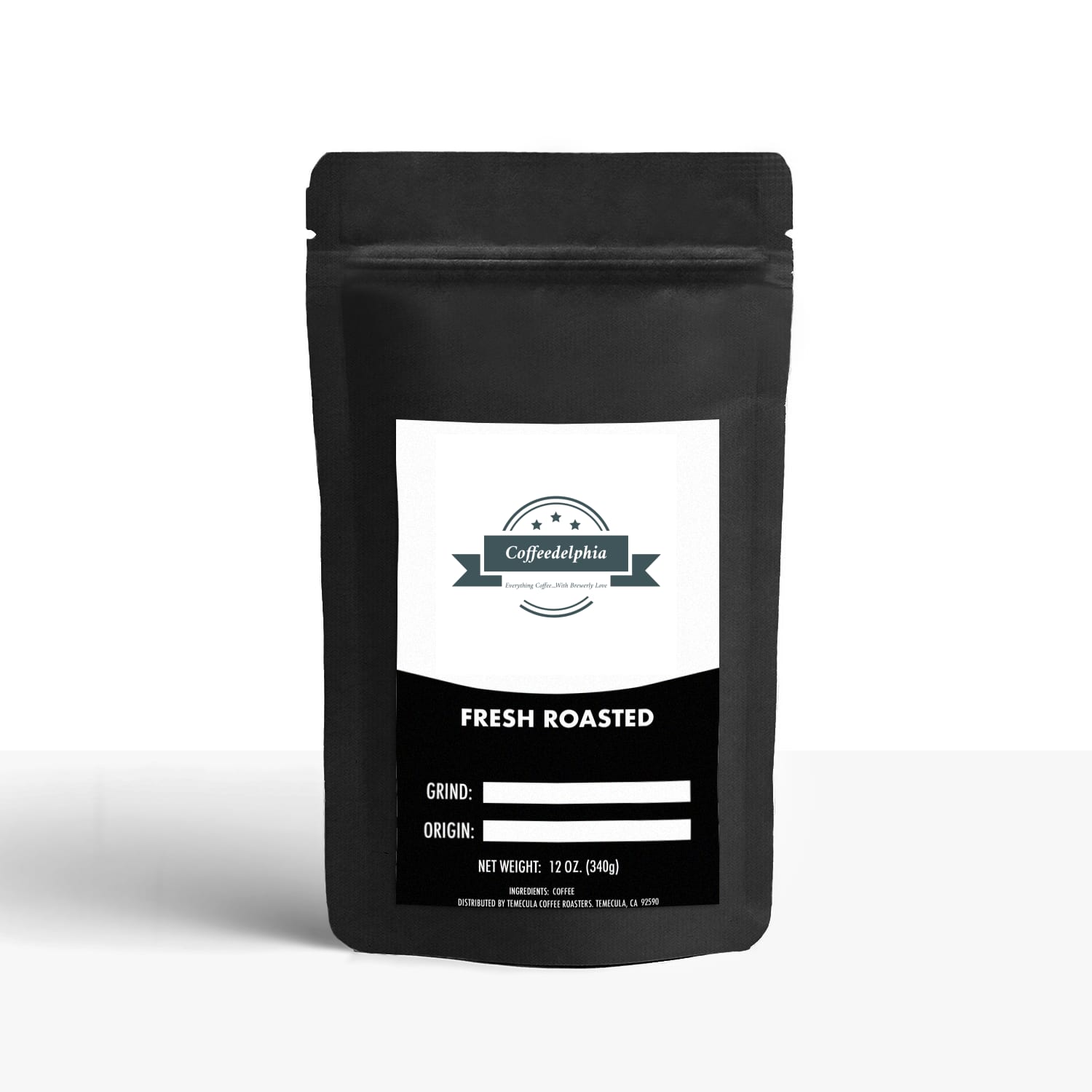
How to Taste Coffee Like a Pro

Have you ever wondered how coffee experts can describe a cup of coffee with words like bright, nutty, floral, or balanced? Tasting coffee like a professional is not just about drinking it, it is about discovering the layers of aroma, flavor, and texture that make every cup unique.
Whether you are a barista, a passionate coffee lover, or someone who enjoys a comforting morning brew, learning how to taste coffee like a pro will completely transform your experience. In this guide, you will learn each step that professionals use to evaluate coffee, helping you appreciate your cup in a whole new way.
1. Begin with Quality Coffee and Proper Equipment
To taste coffee properly, always start with freshly roasted, high-quality beans. Coffee loses its aroma and complexity soon after roasting, so it is best to use beans roasted within the past few weeks.
Grind your coffee just before brewing. A burr grinder works best because it ensures an even grind size, which affects how the coffee extracts. Match the grind size to your brewing method: coarse for French press, medium for pour-over, and fine for espresso.
Professionals often use a method known as coffee cupping, which is a standardized way to evaluate coffee. It involves freshly ground beans, hot water, and small tasting cups. You do not need special tools to begin, as your favorite mug and a curious palate will work perfectly.
2. Smell the Coffee Before You Taste It
A large part of tasting coffee comes from your sense of smell. Before taking a sip, inhale the dry aroma of the freshly ground beans. Notice your first impressions. Does it smell fruity, nutty, floral, or chocolatey?
Next, pour hot water over the grounds and let the coffee sit for three to four minutes. This releases the wet aroma, which often smells very different from the dry version. Gently break the crust that forms on top with a spoon and take a deep breath. This is when you will experience the most intense and complex aromas.
Tip: write down what you notice. Even if you cannot describe it perfectly at first, your nose will improve over time, and you will begin recognizing distinct notes such as citrus, caramel, or spice.
3. Take Your First Sip the Professional Way
When professionals taste coffee, they do not sip quietly, they slurp. Slurping might sound unusual, but it helps spread the coffee evenly across your tongue and allows the aromas to reach your nose, enhancing the flavor experience.
Here is how to do it:
Take a spoonful of coffee, slurp it quickly into your mouth, and let it cover your entire tongue. Hold it for a moment before swallowing so you can experience the texture and full range of flavors.
At first, you may only notice whether the coffee tastes pleasant or not. With practice, you will begin identifying specific characteristics such as acidity, sweetness, body, and aftertaste.
4. Learn the Main Elements of Coffee Tasting
To taste coffee like a professional, it helps to understand the key elements that define its flavor profile. These include aroma, acidity, body, flavor, and aftertaste.
Aroma
Aroma refers to the scent of the coffee, both before and after brewing. It gives the first impression of quality and origin. For instance, Ethiopian coffees often smell floral, while Brazilian coffees have nutty or chocolatey notes.
Acidity
In coffee tasting, acidity does not mean sourness. It refers to the brightness or liveliness of the cup. Coffees with higher acidity may taste crisp and refreshing, similar to citrus or green apple. Those with lower acidity tend to feel smoother and heavier.
Body
Body describes the weight or texture of the coffee in your mouth. Some coffees feel light like tea, while others are thick and creamy. Colombian coffees often have a medium body, while Indonesian beans tend to be rich and full-bodied.
Flavor and Aftertaste
Flavor combines all the sensations of taste and smell. Aftertaste, also known as the finish, is what lingers after you swallow. A clean and pleasant finish usually indicates a well-balanced coffee, while bitterness or harshness may signal over-roasting or poor brewing.
5. Compare Coffees and Take Notes
A great way to train your palate is to compare different coffees side by side. Try tasting two or three single-origin coffees brewed the same way. You will quickly notice differences in sweetness, acidity, and body that you may have missed before.
Keep a coffee tasting journal to record your experiences. Write down details such as origin, roast level, brewing method, and your tasting notes. Over time, you will develop your own flavor vocabulary and begin recognizing patterns in what you enjoy most.
6. Use the Coffee Flavor Wheel
Many professionals use the Coffee Taster’s Flavor Wheel, developed by the Specialty Coffee Association. This colorful chart displays hundreds of flavor descriptors ranging from fruity and floral to earthy and spicy.
You can use it to refine your tasting skills. For example, if your coffee tastes fruity, look closer to identify whether it reminds you of berries, citrus, or tropical fruit. Using the wheel will help you describe flavors more precisely and understand what makes each coffee unique.
You do not need to memorize it, simply refer to it while tasting. It is a fun and educational way to expand your coffee knowledge.
7. Practice, Experiment, and Enjoy the Journey
Coffee tasting is a skill that improves with time and curiosity. The more you taste, the more you will notice the subtle differences between beans, roast levels, and brewing styles.
Experiment with different brewing methods such as pour-over, espresso, AeroPress, or French press. Try a variety of roast levels, from light and bright to dark and bold. Explore single-origin coffees as well as blends to understand how flavors can be balanced or contrasted.
Most importantly, remember that tasting coffee like a pro is not about getting it perfect. It is about exploration and enjoyment. Every person experiences flavor differently, and that individuality makes the process exciting.
Final Thoughts: Discover the Story in Every Cup
Learning how to taste coffee like a pro turns an everyday habit into an art. You begin to appreciate the journey from bean to cup, the care of the farmer, the skill of the roaster, and the balance achieved by the brewer.
The next time you enjoy your coffee, slow down for a moment. Smell it carefully, slurp it confidently, and savor it completely. You will be amazed at how much depth and character each cup holds once you truly start to taste it.



